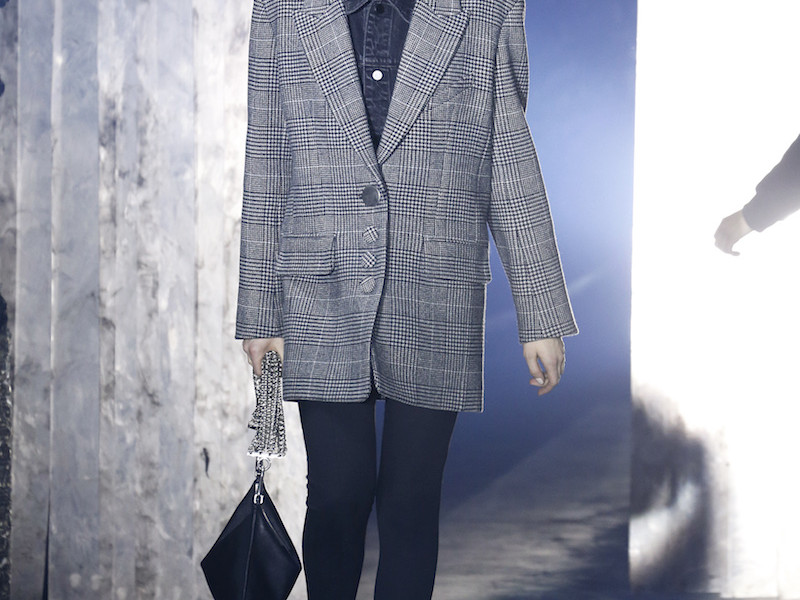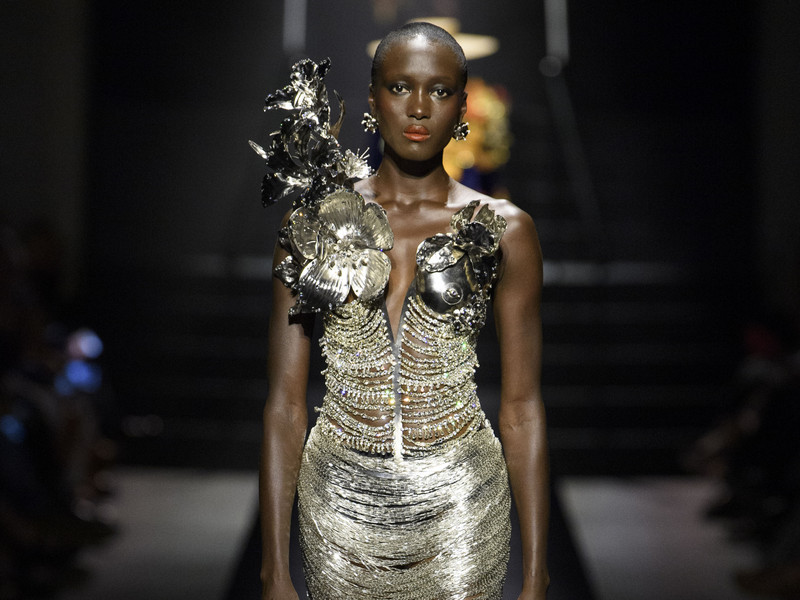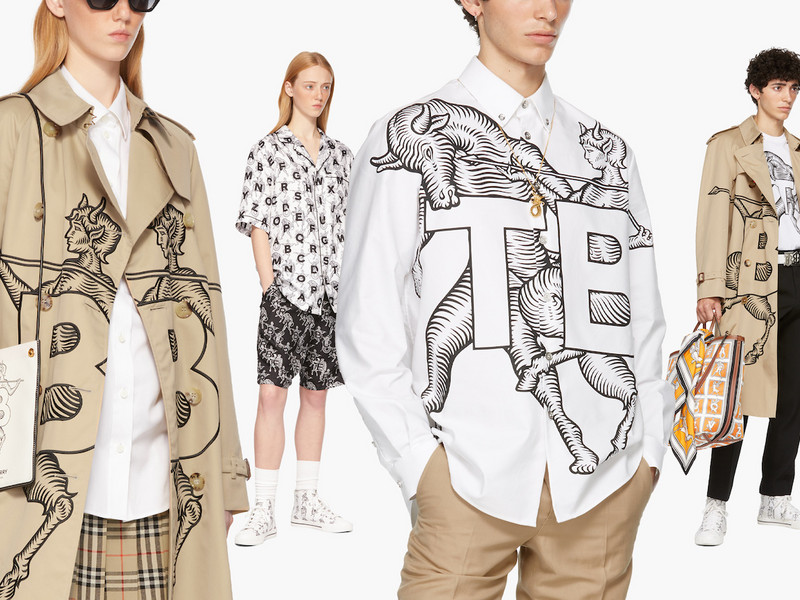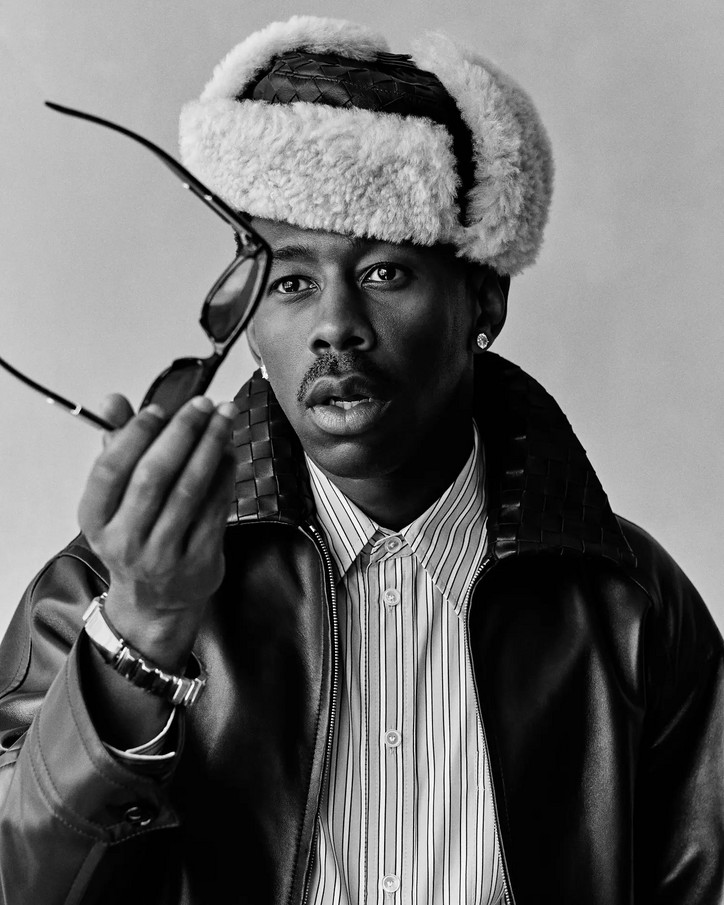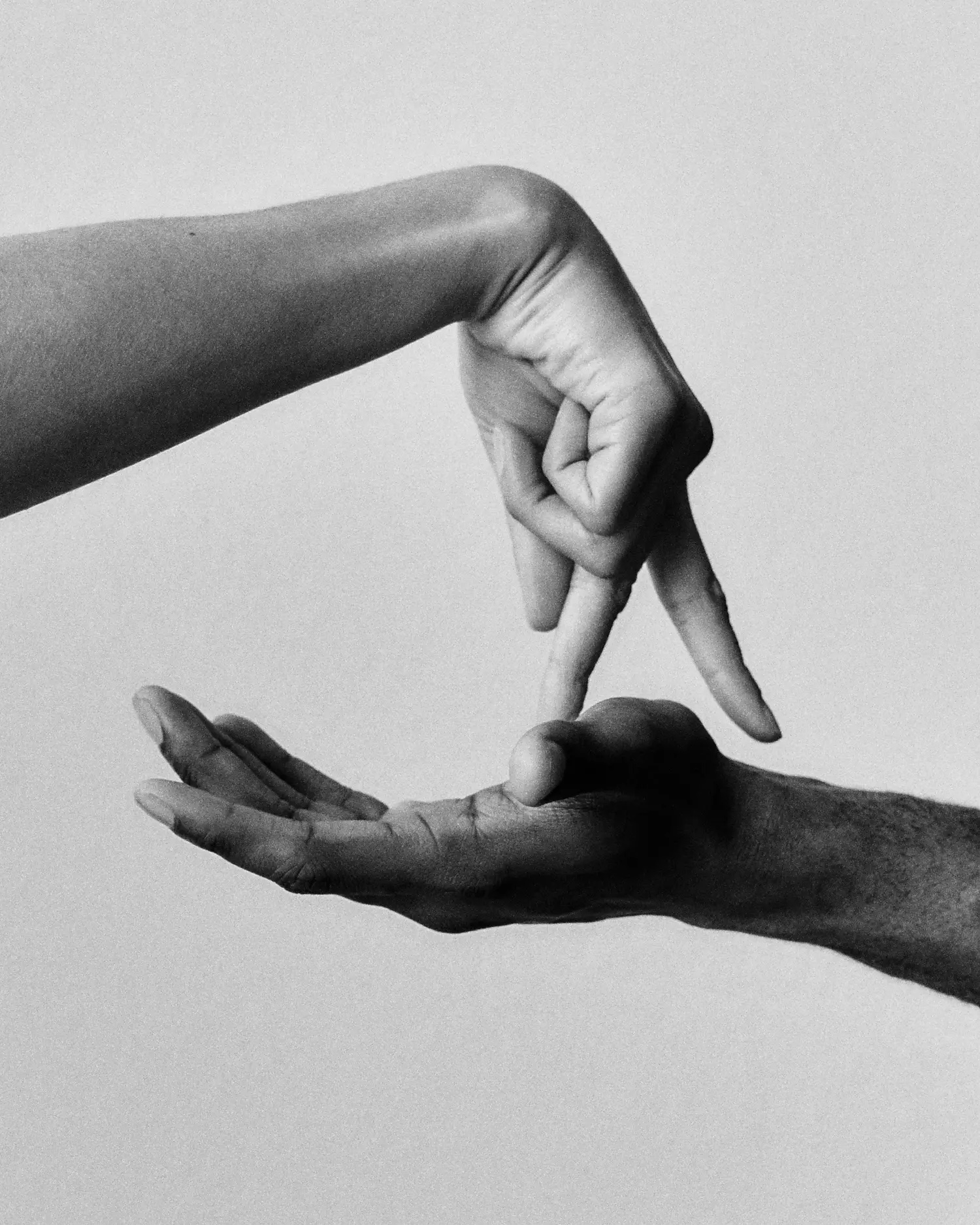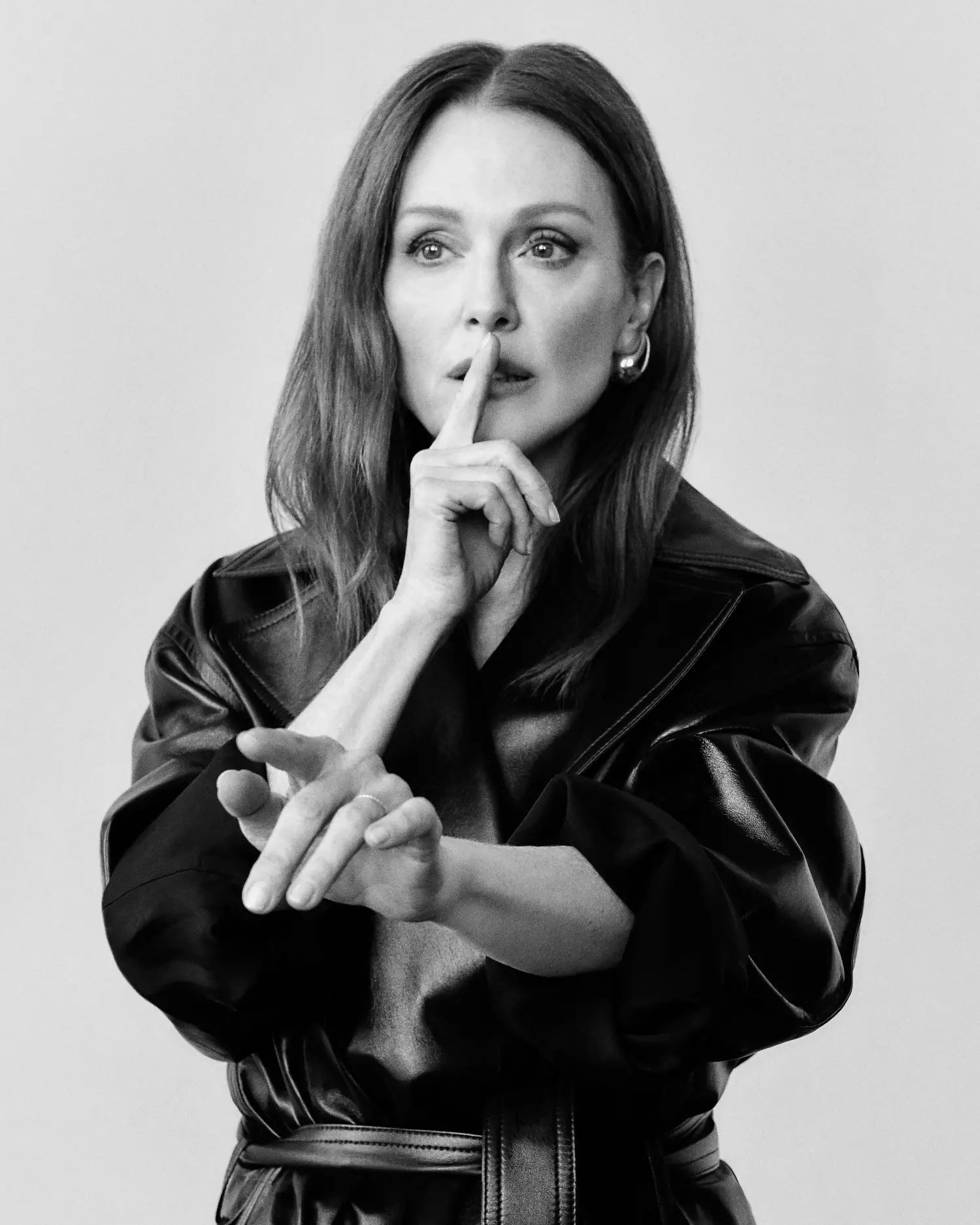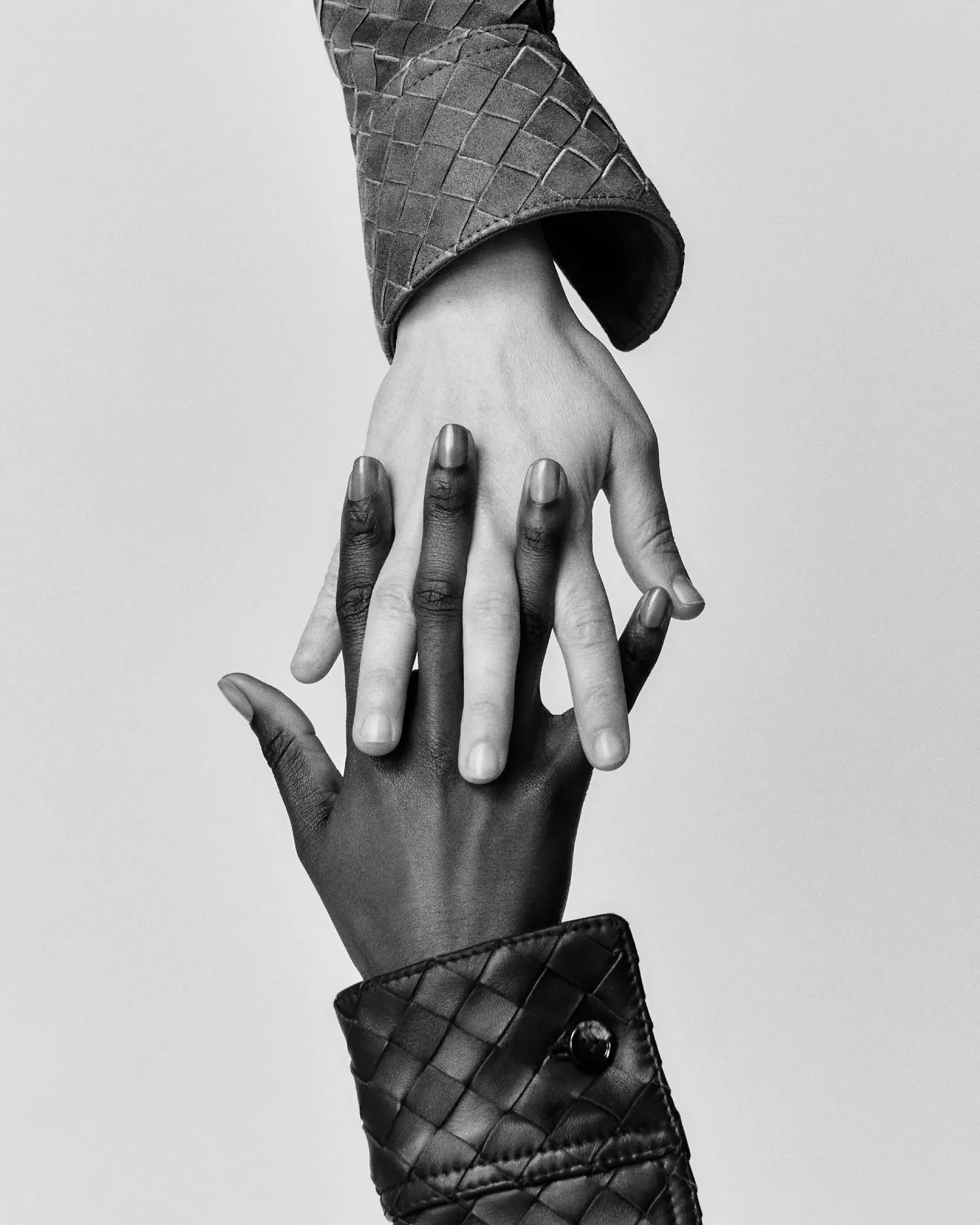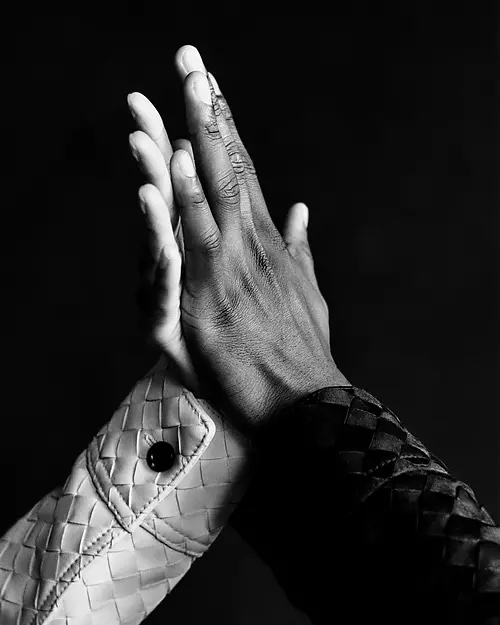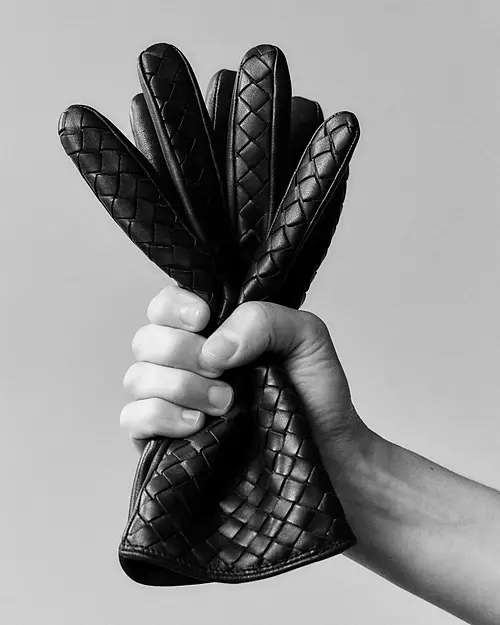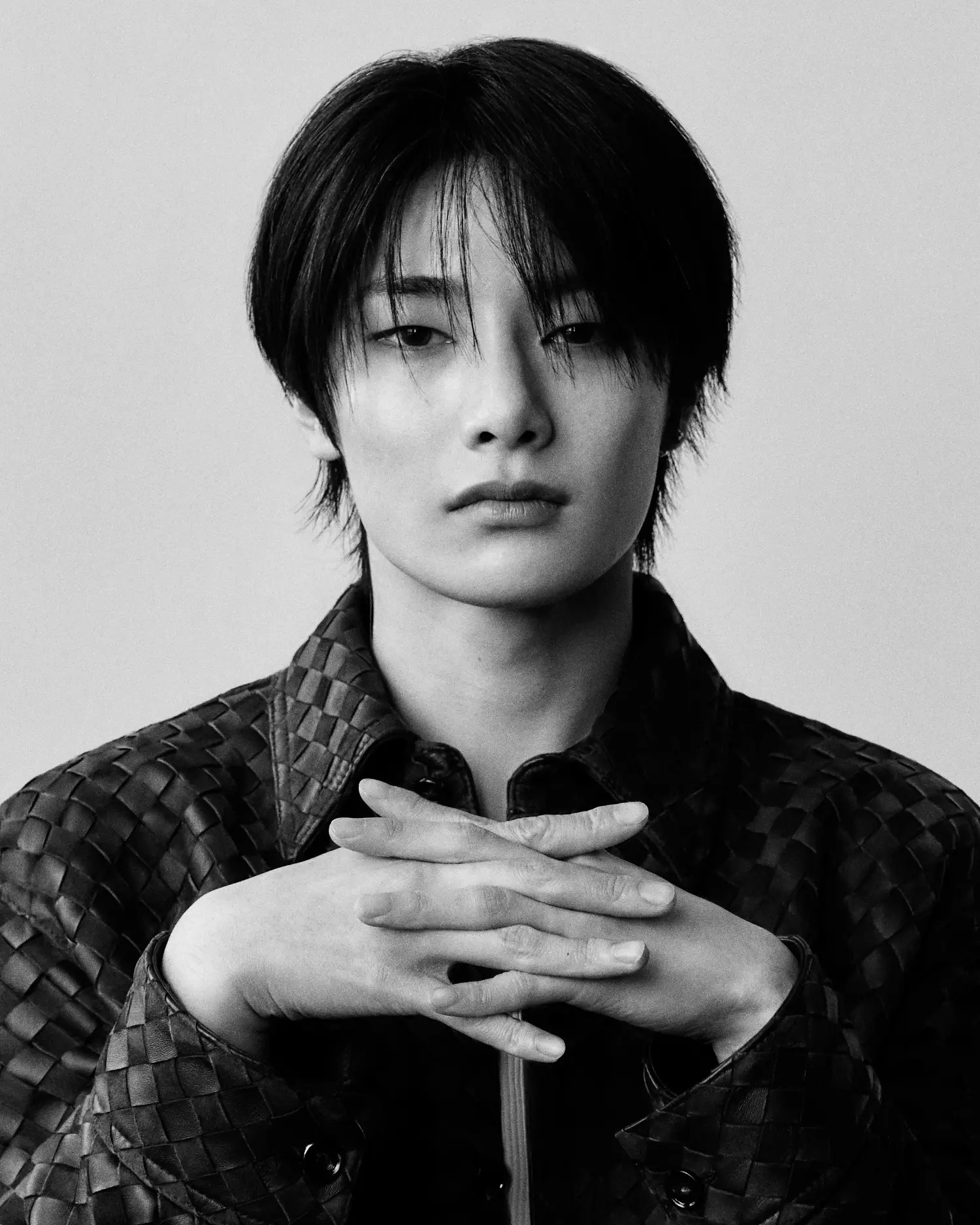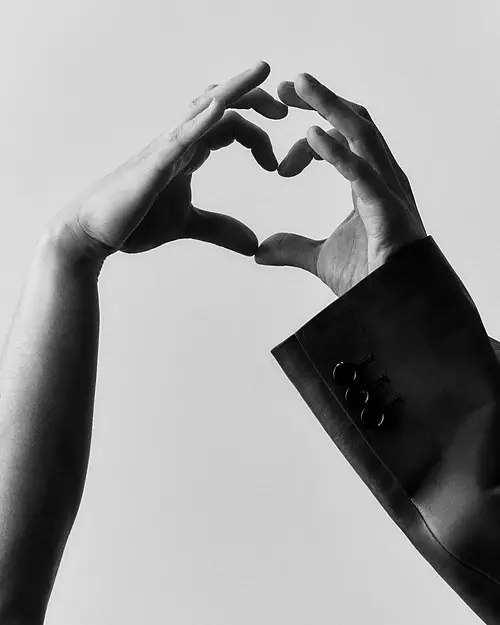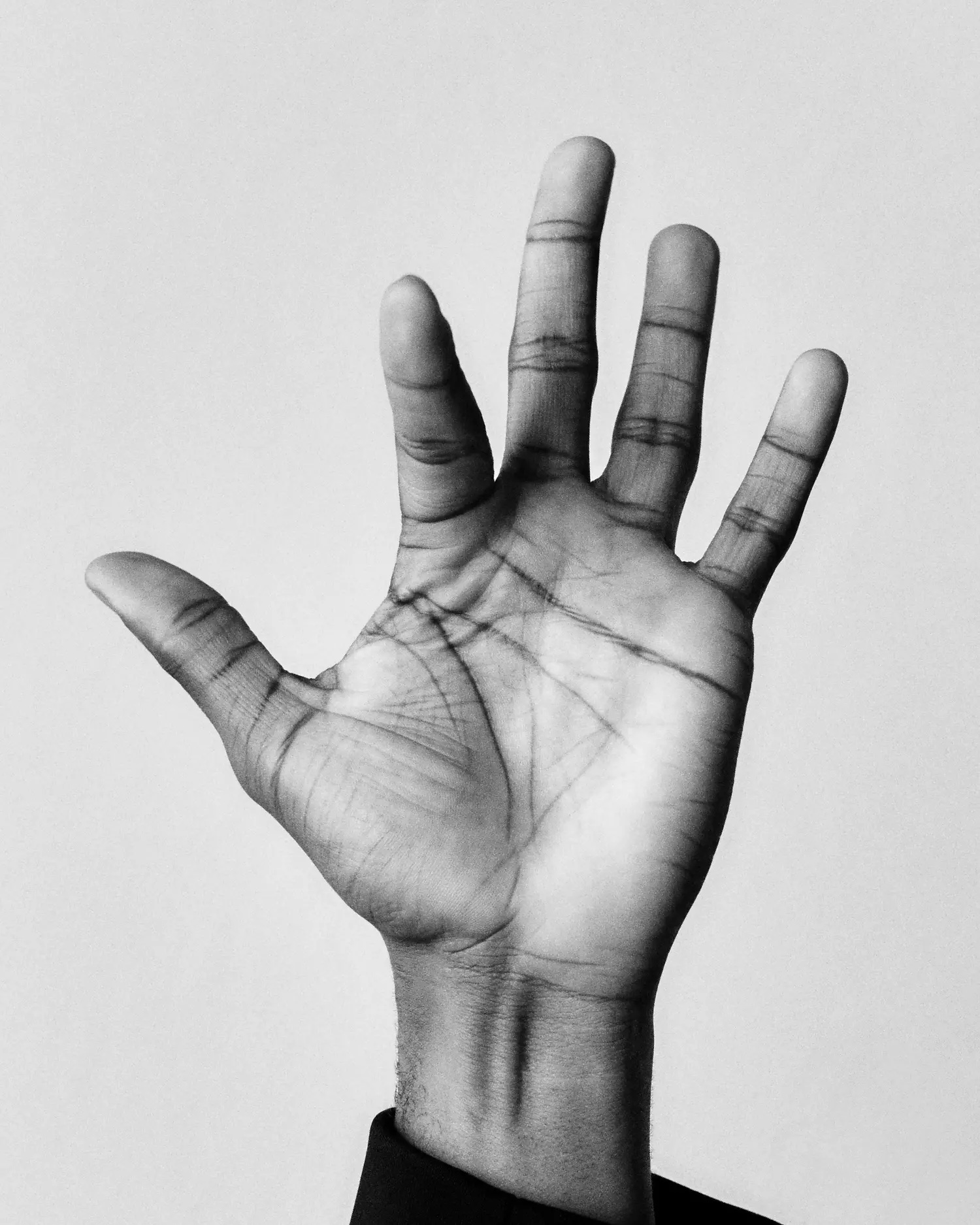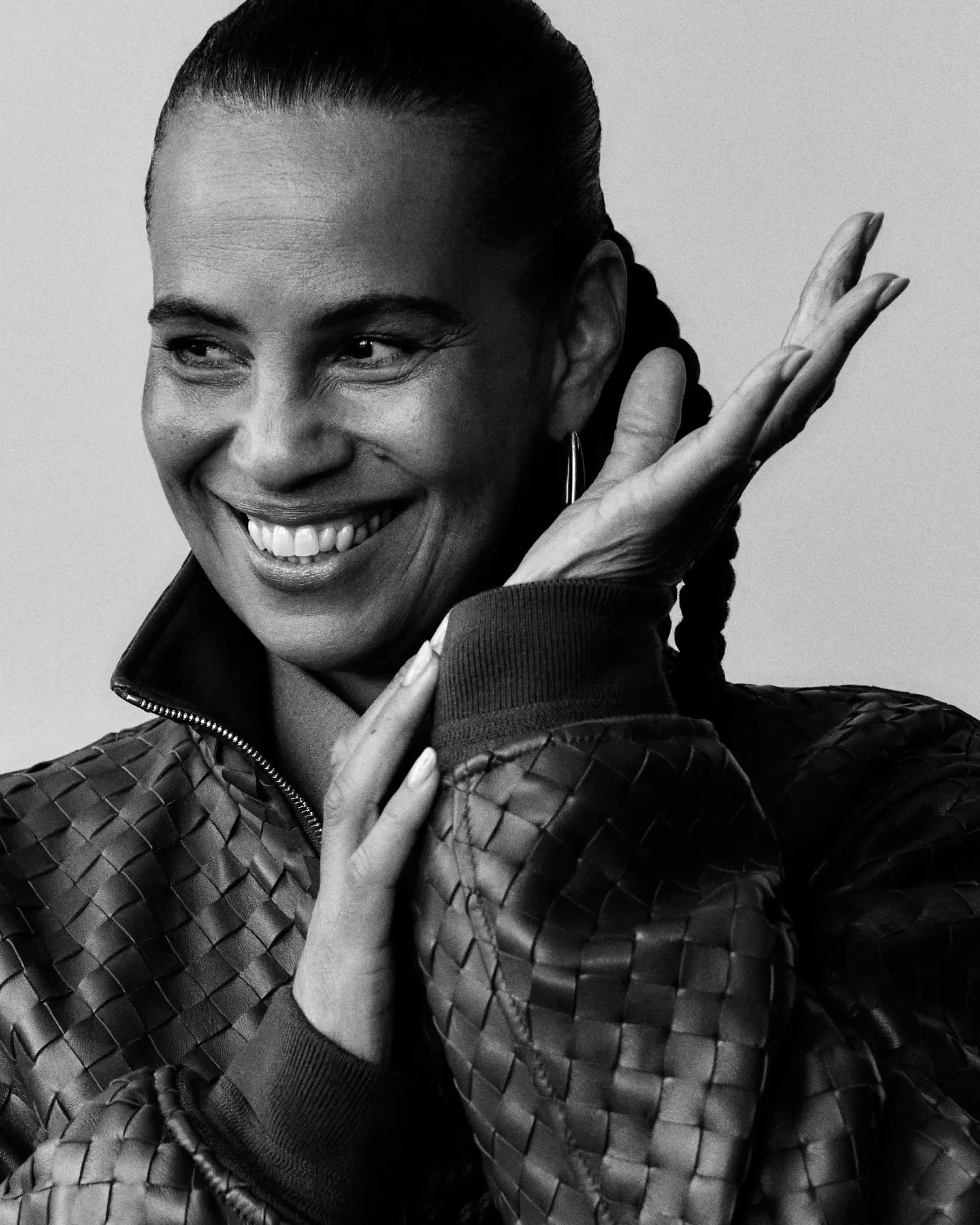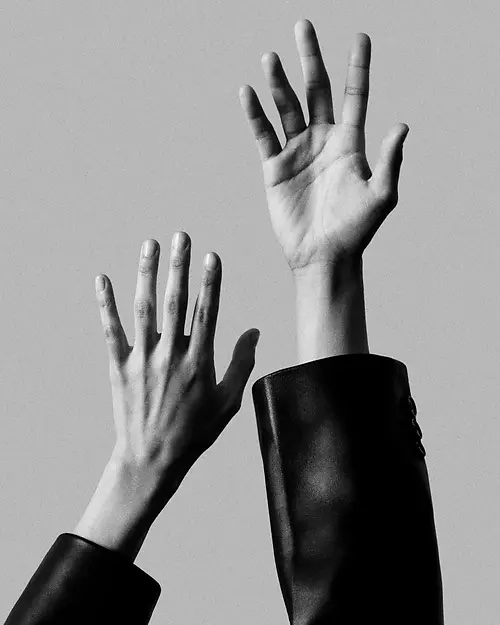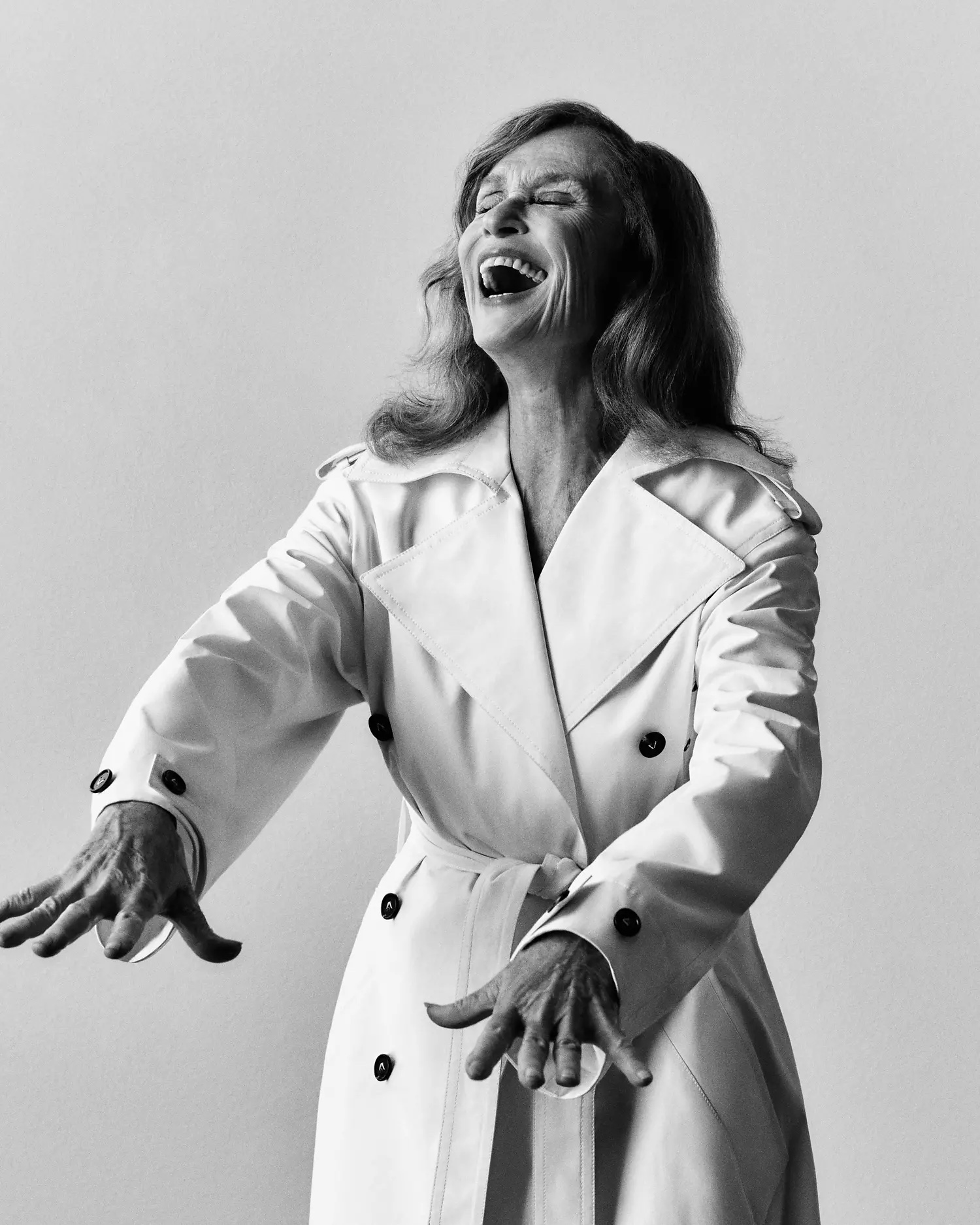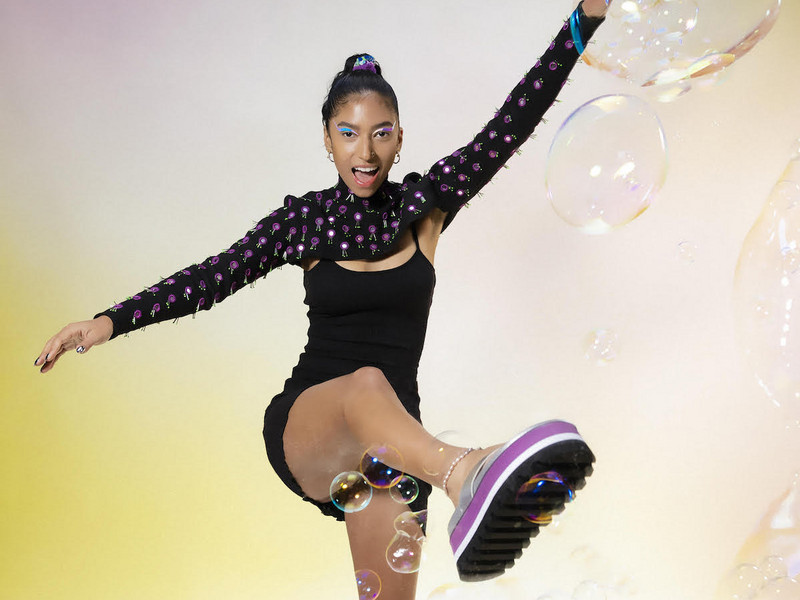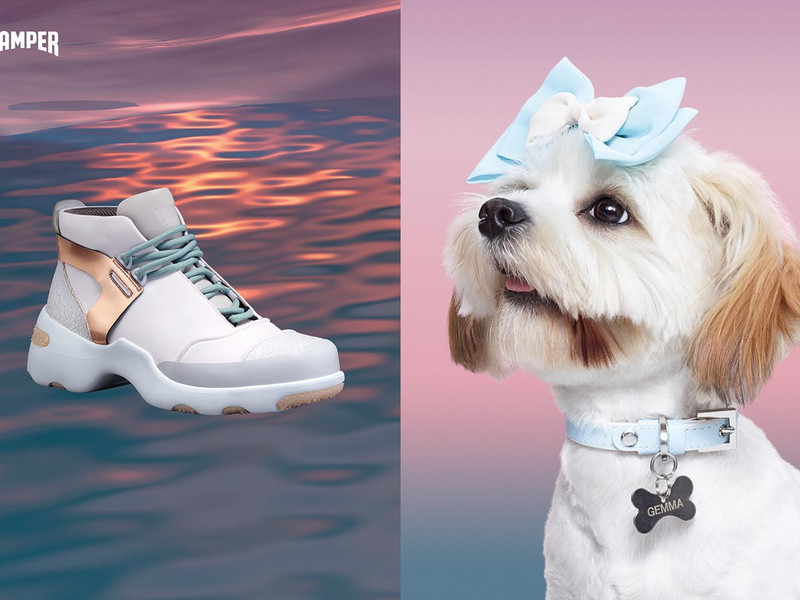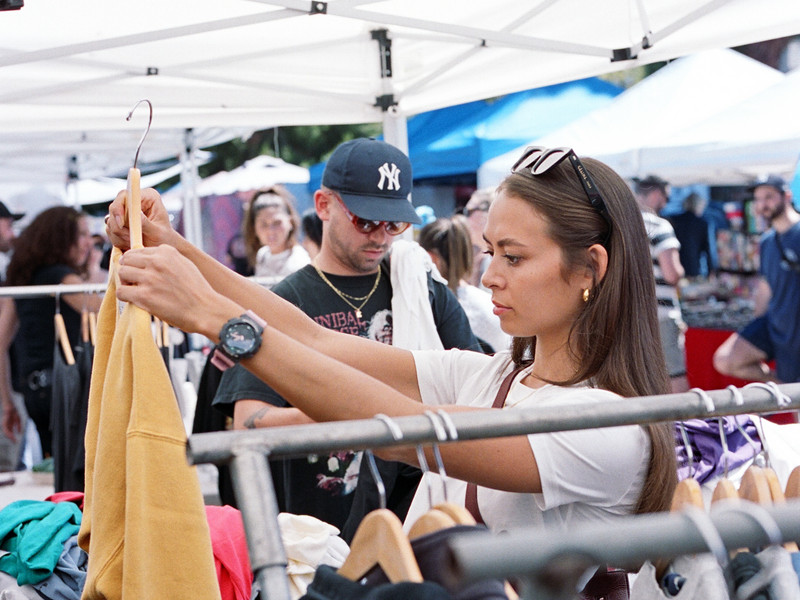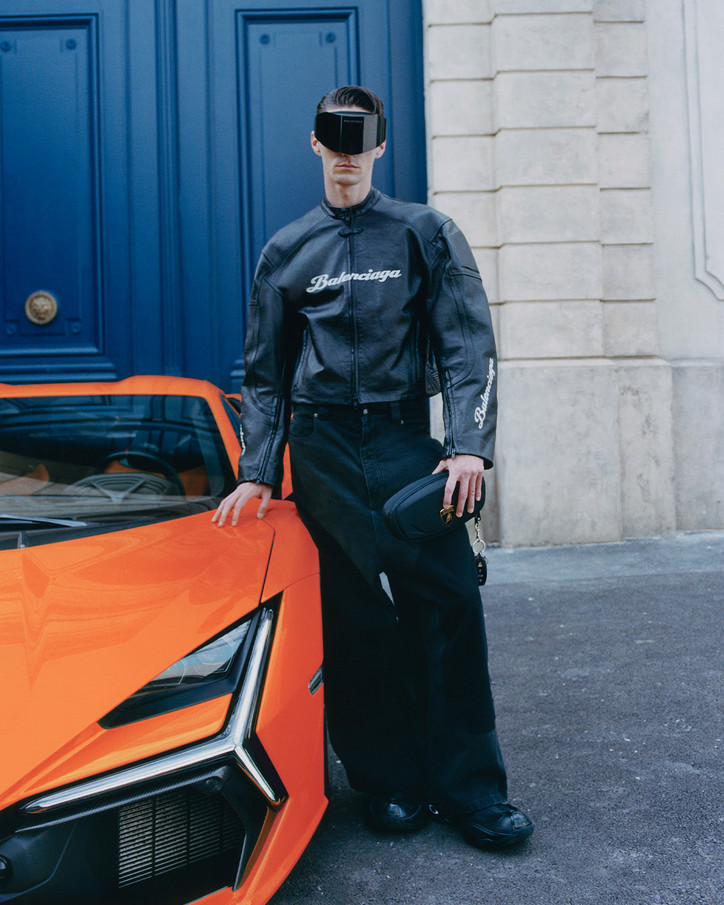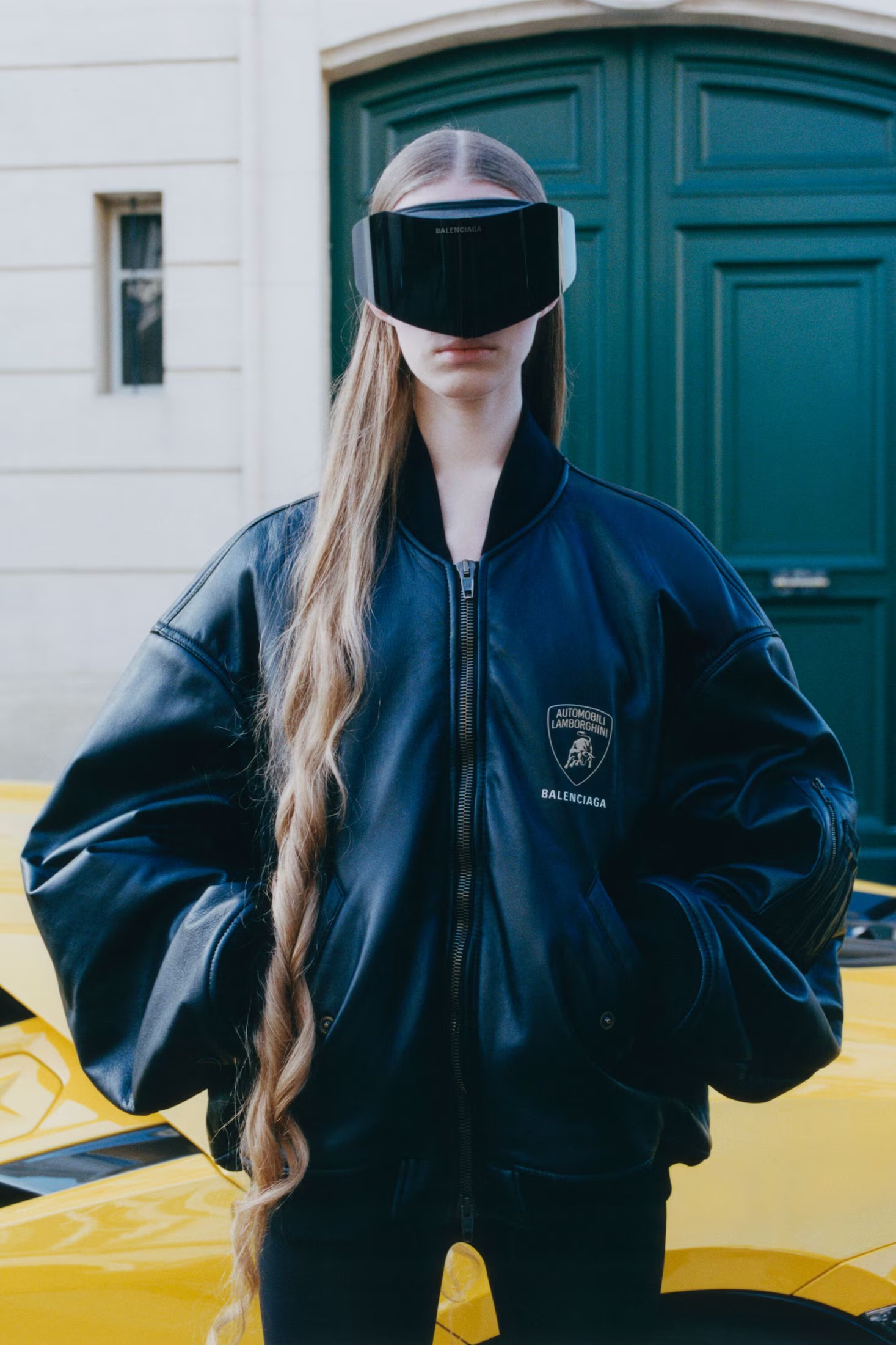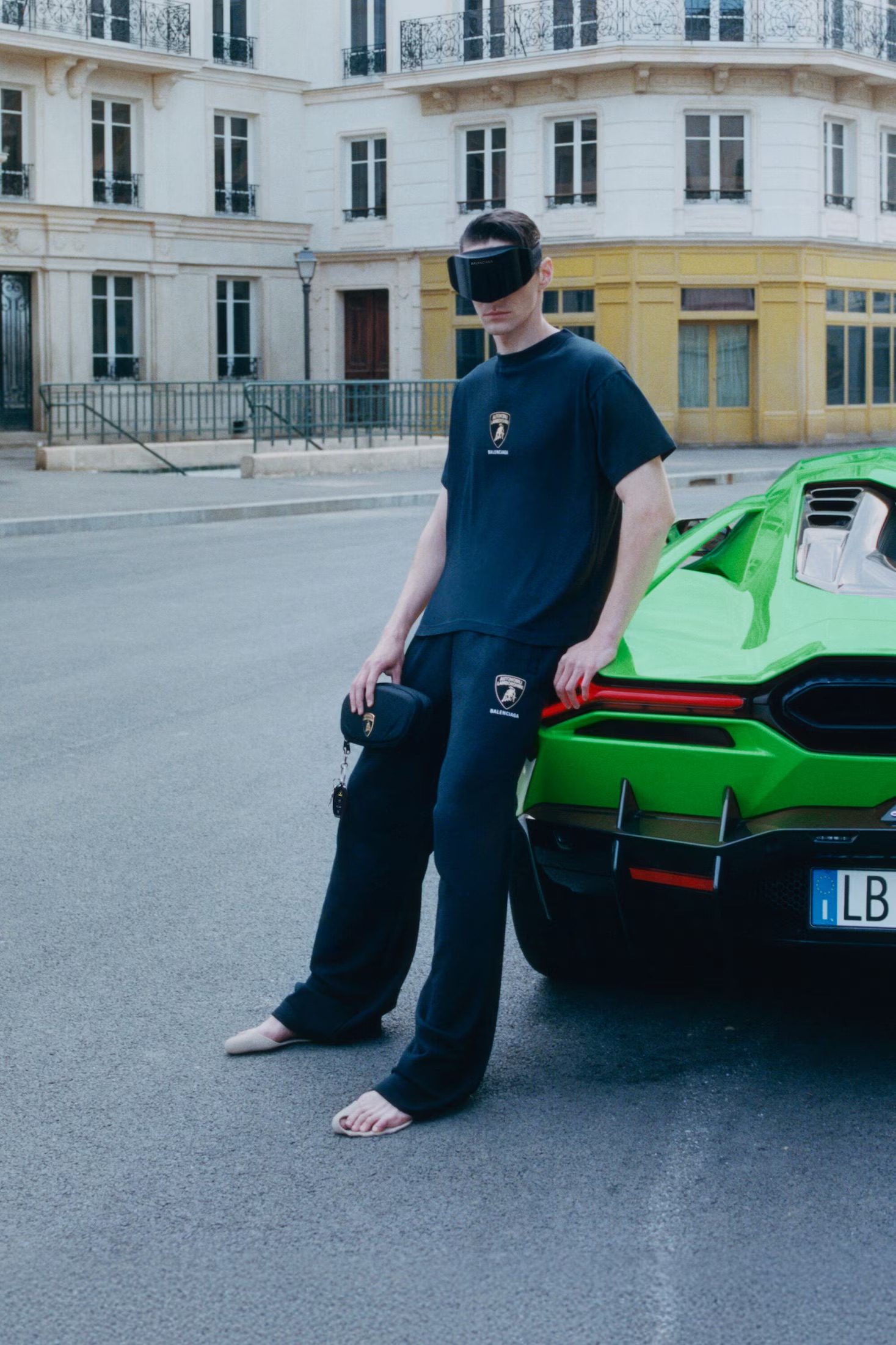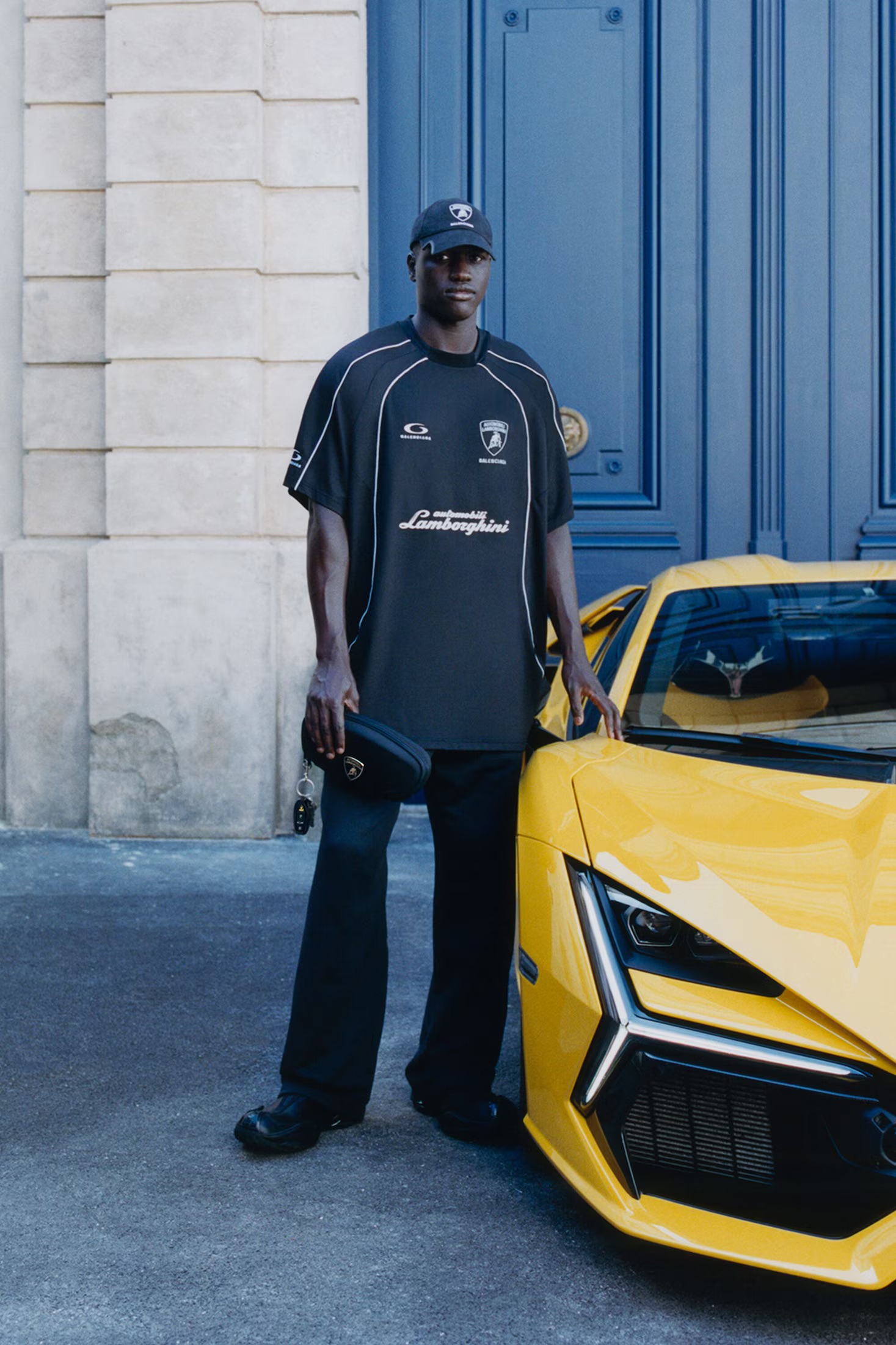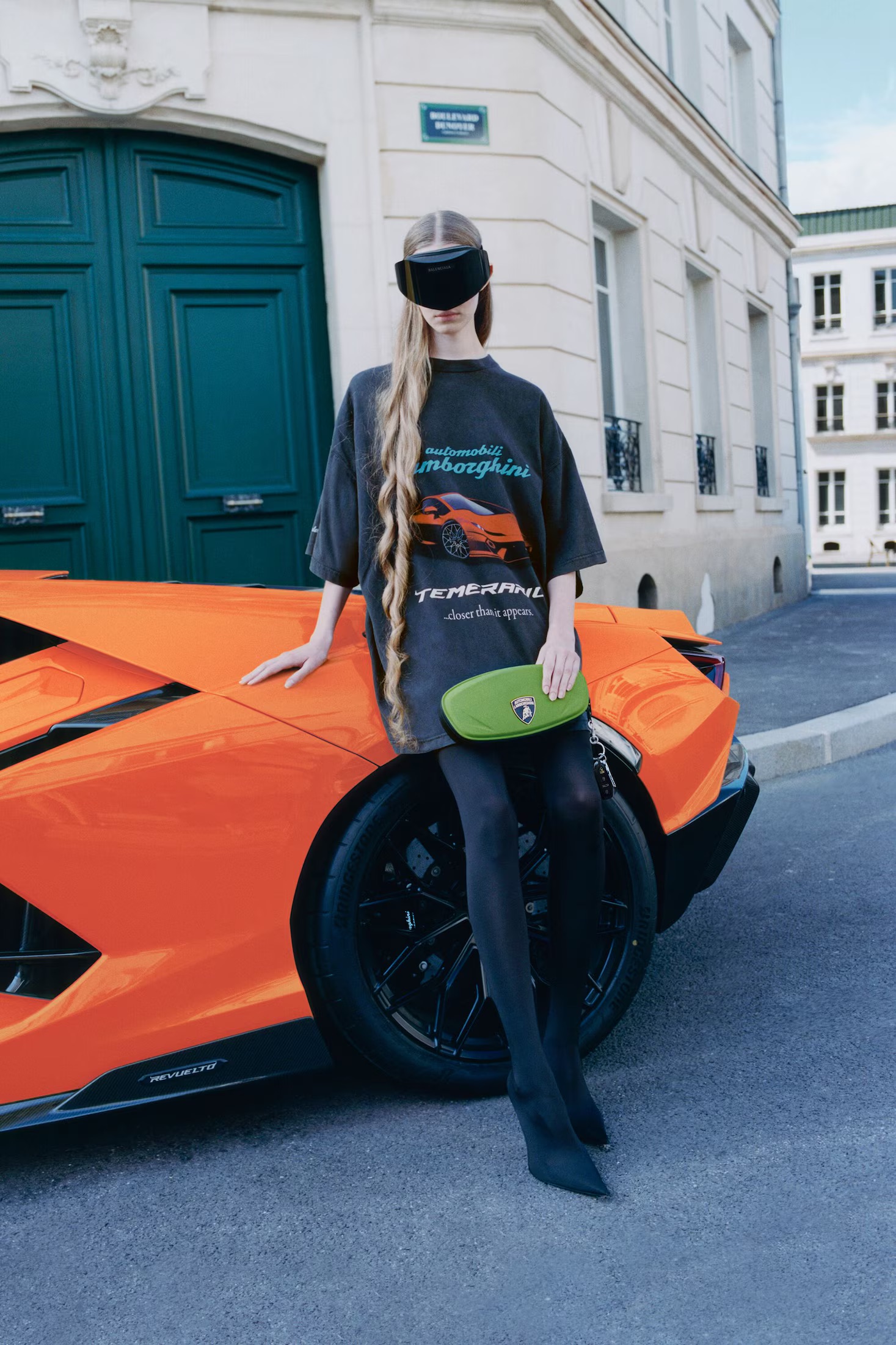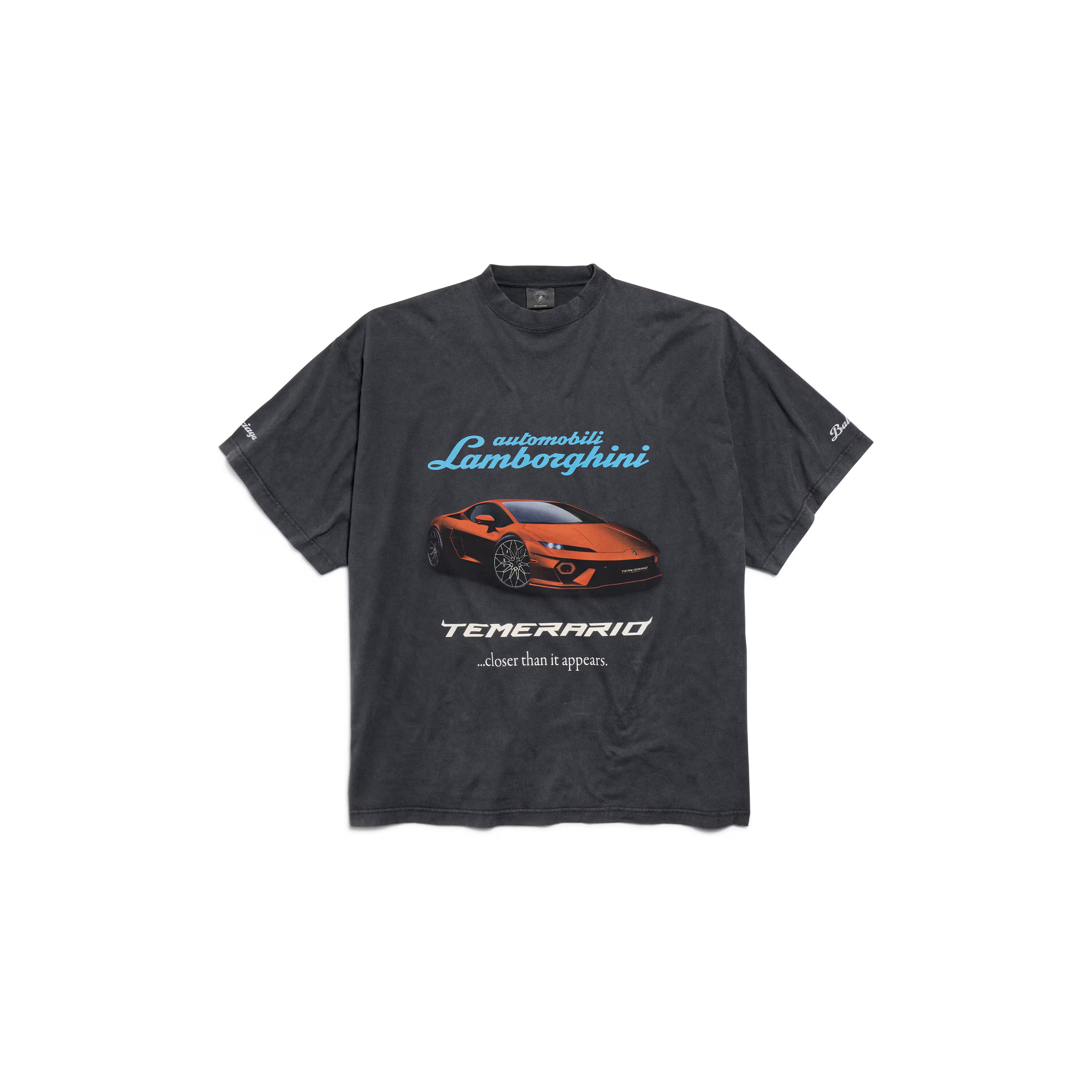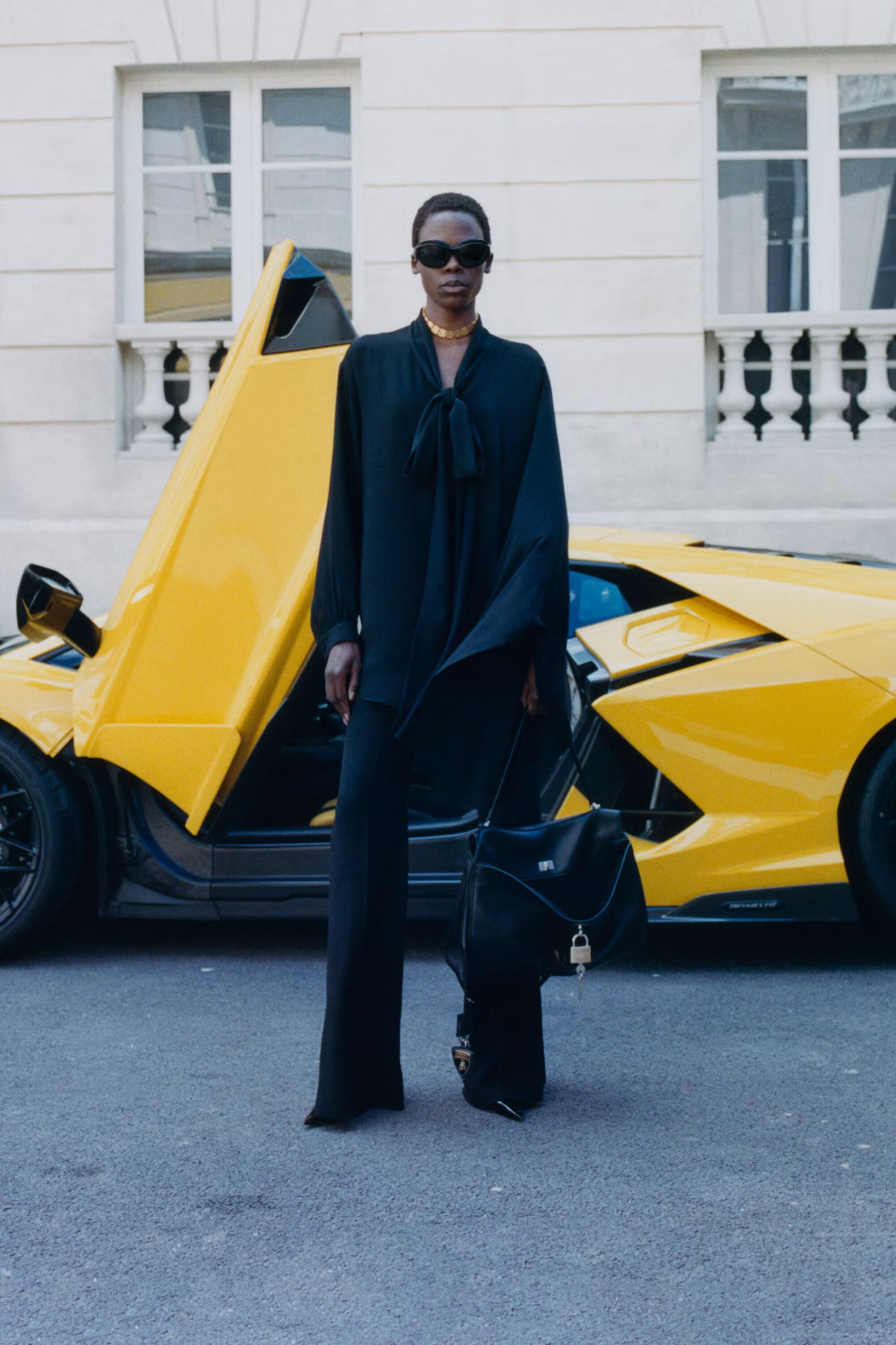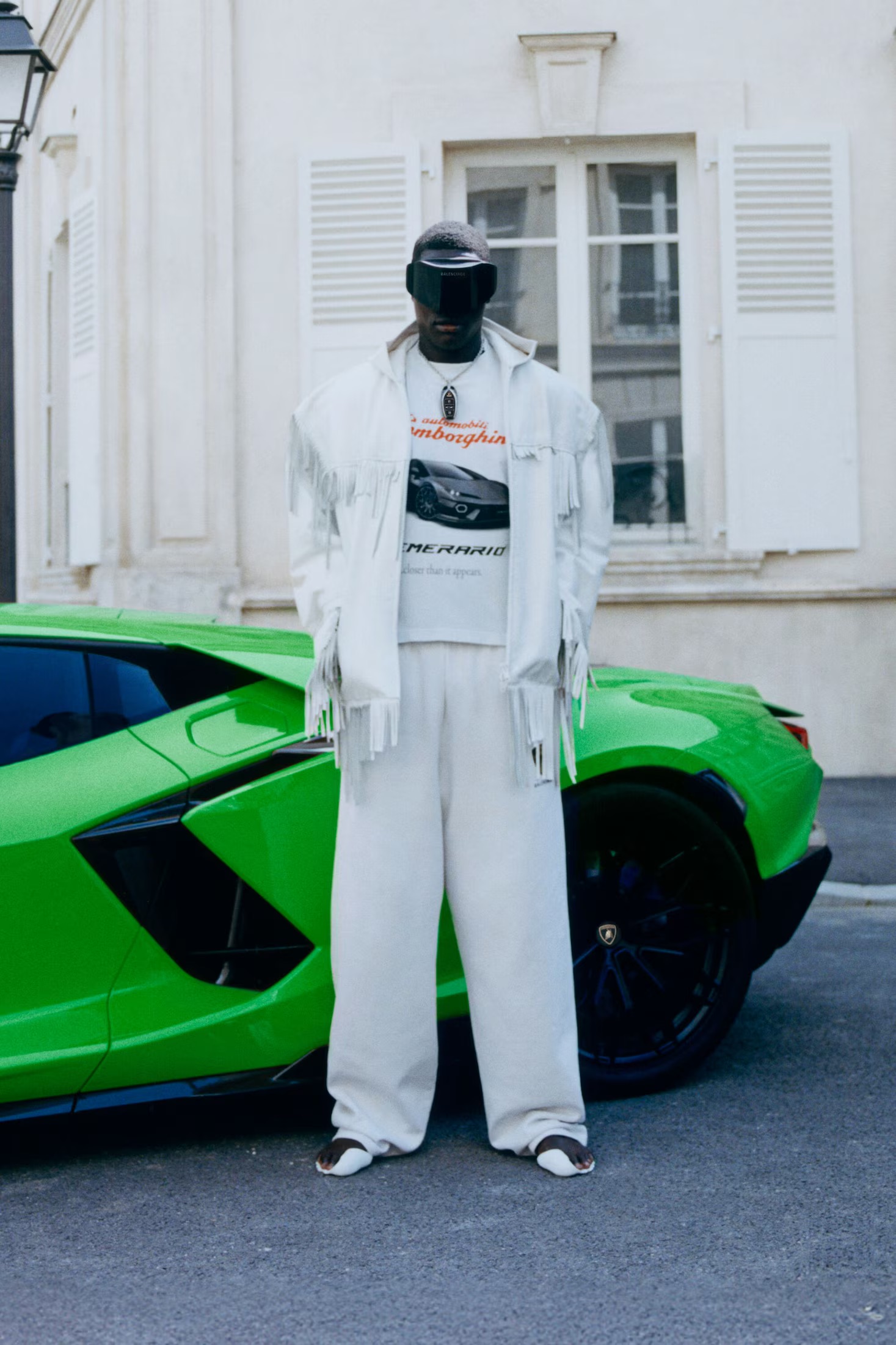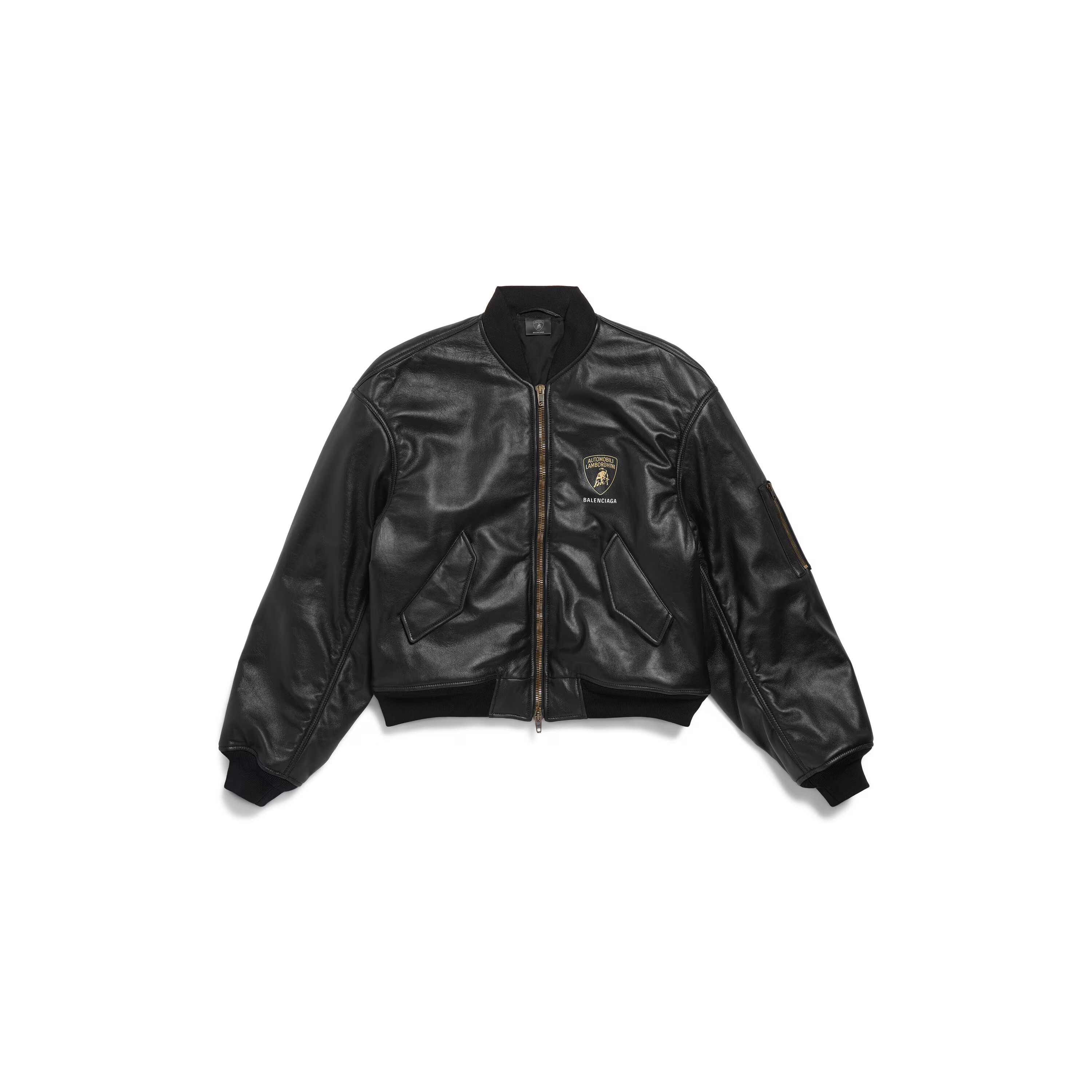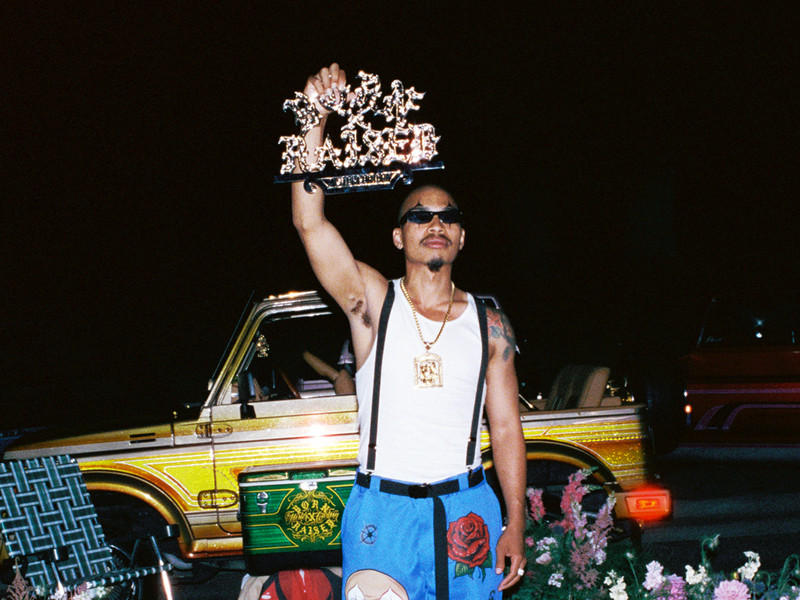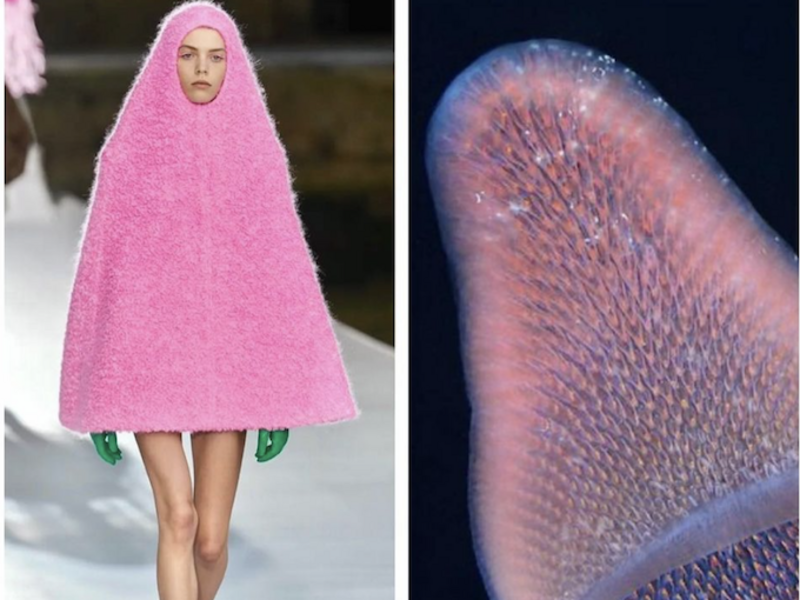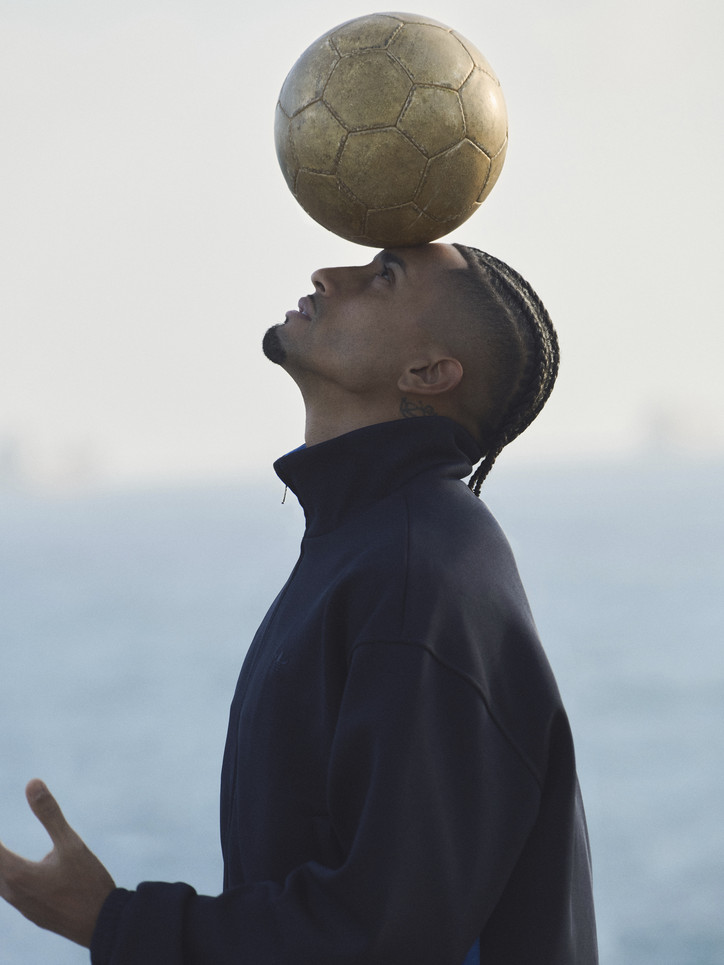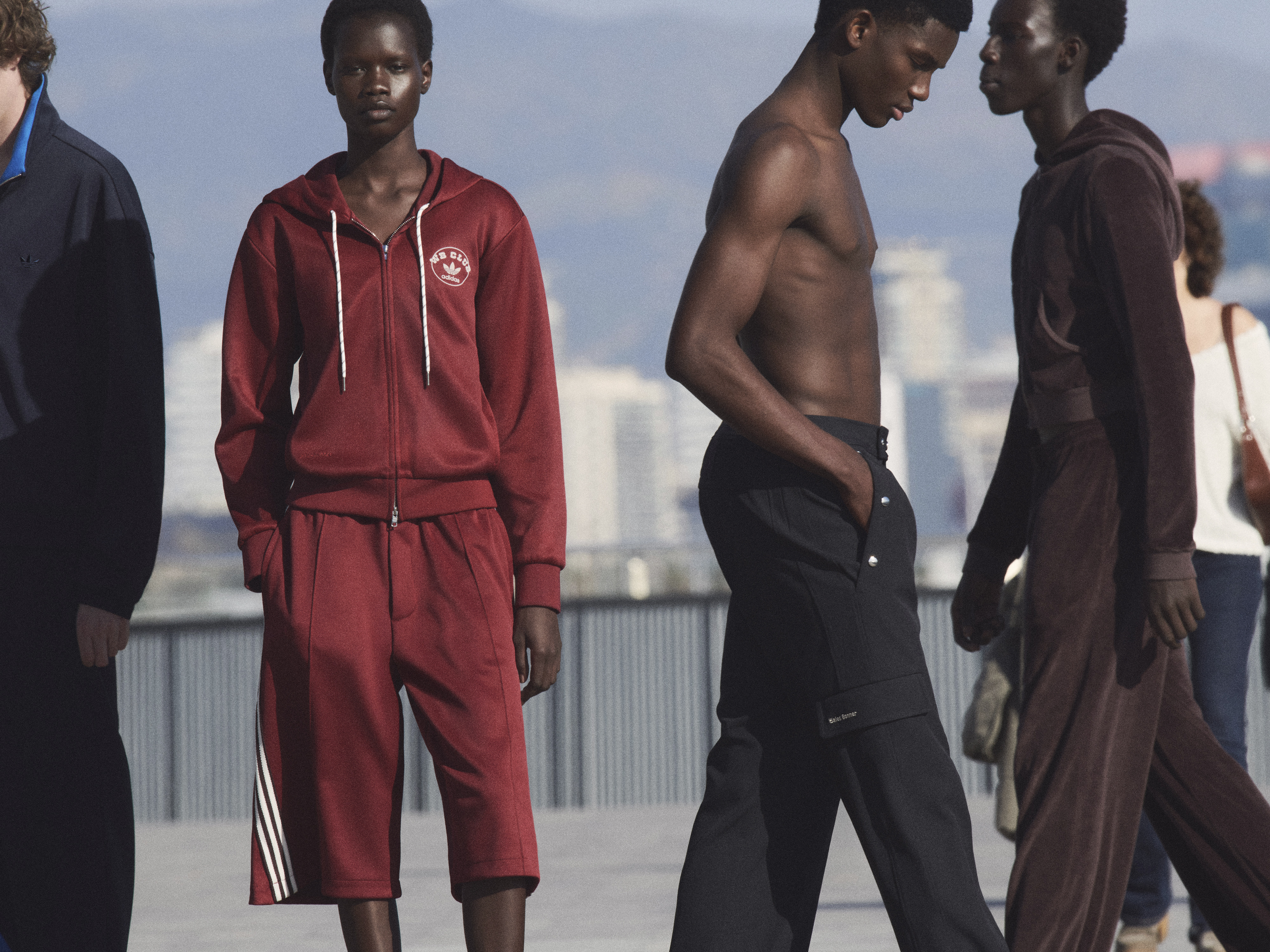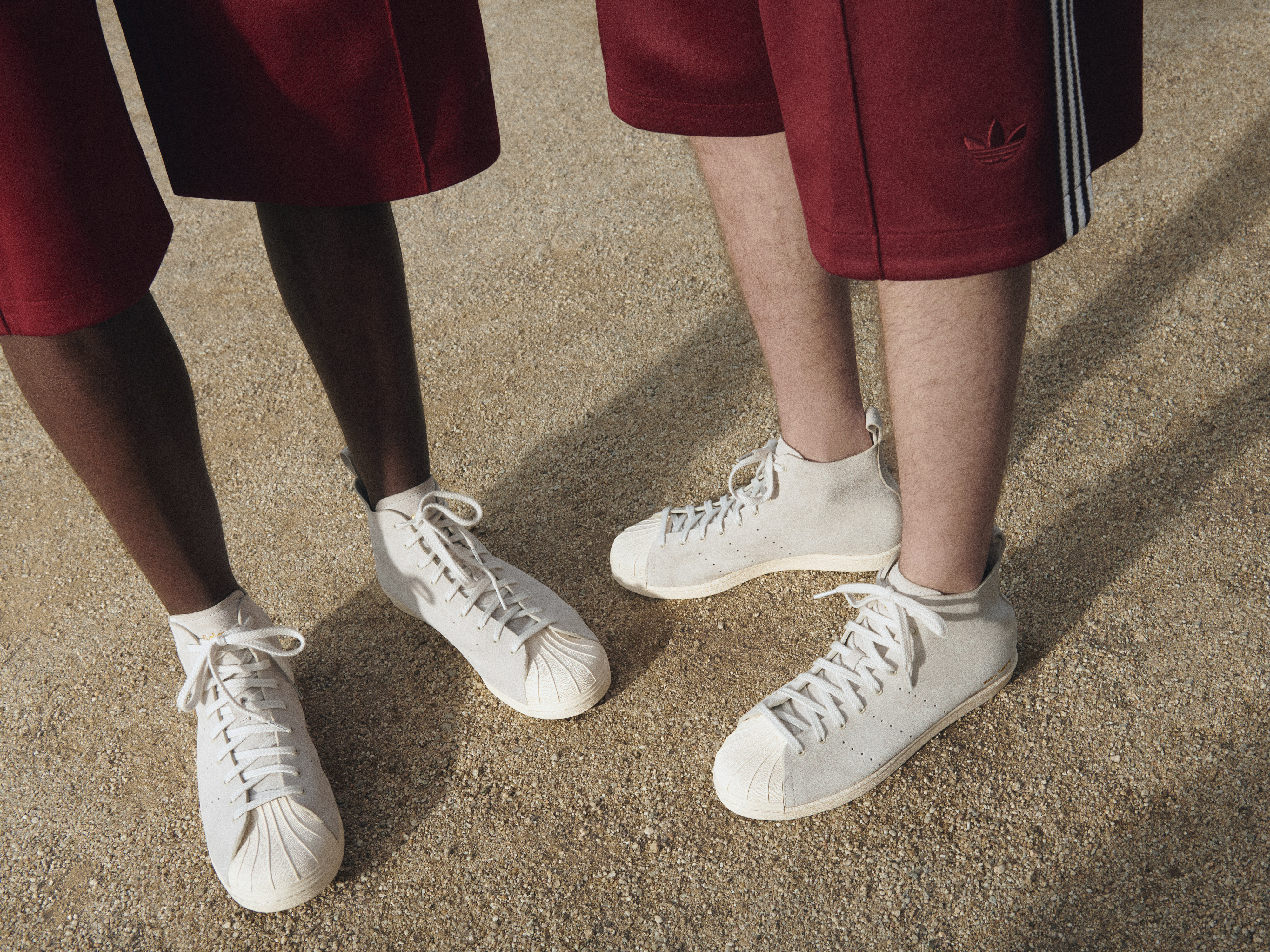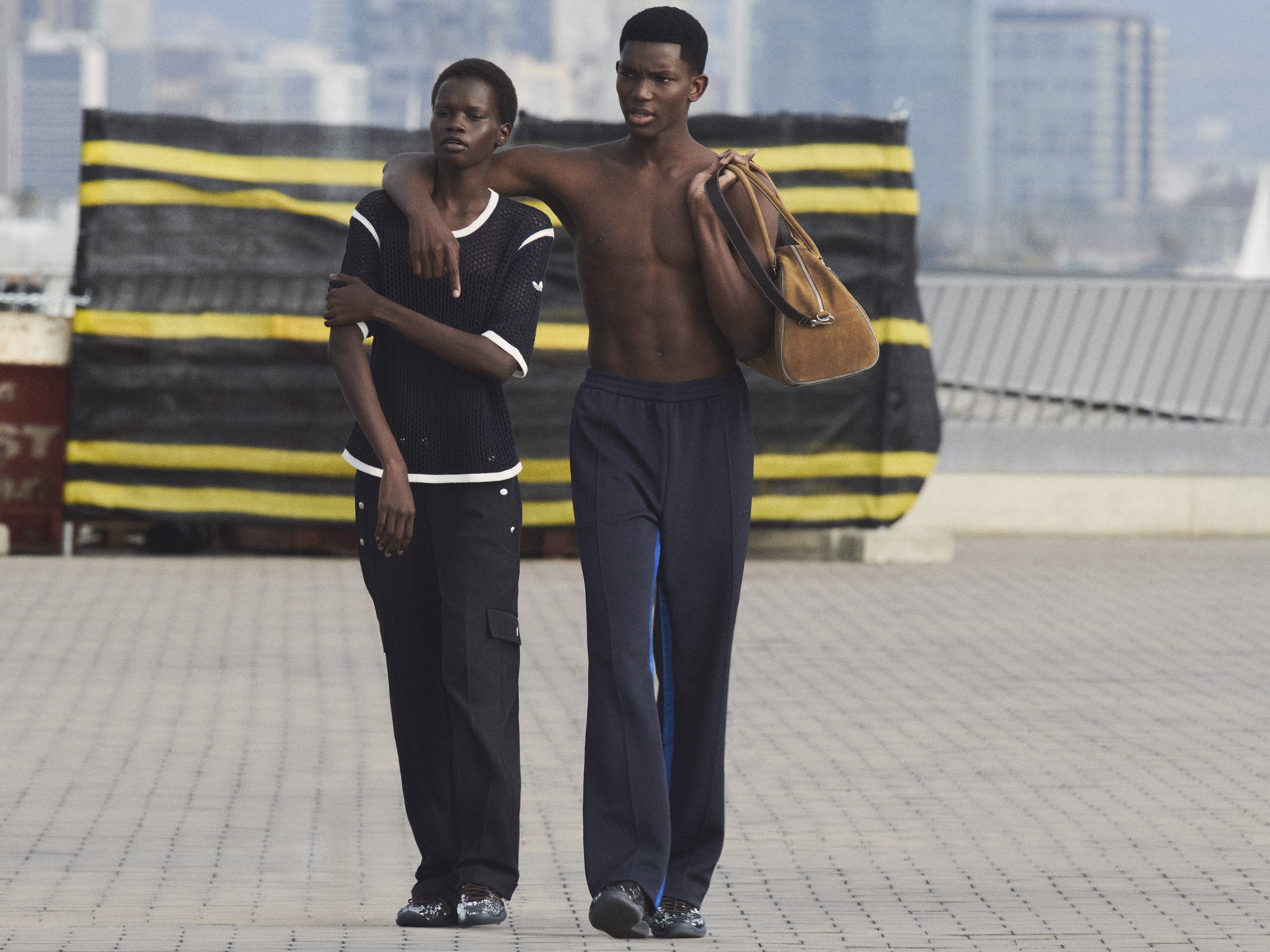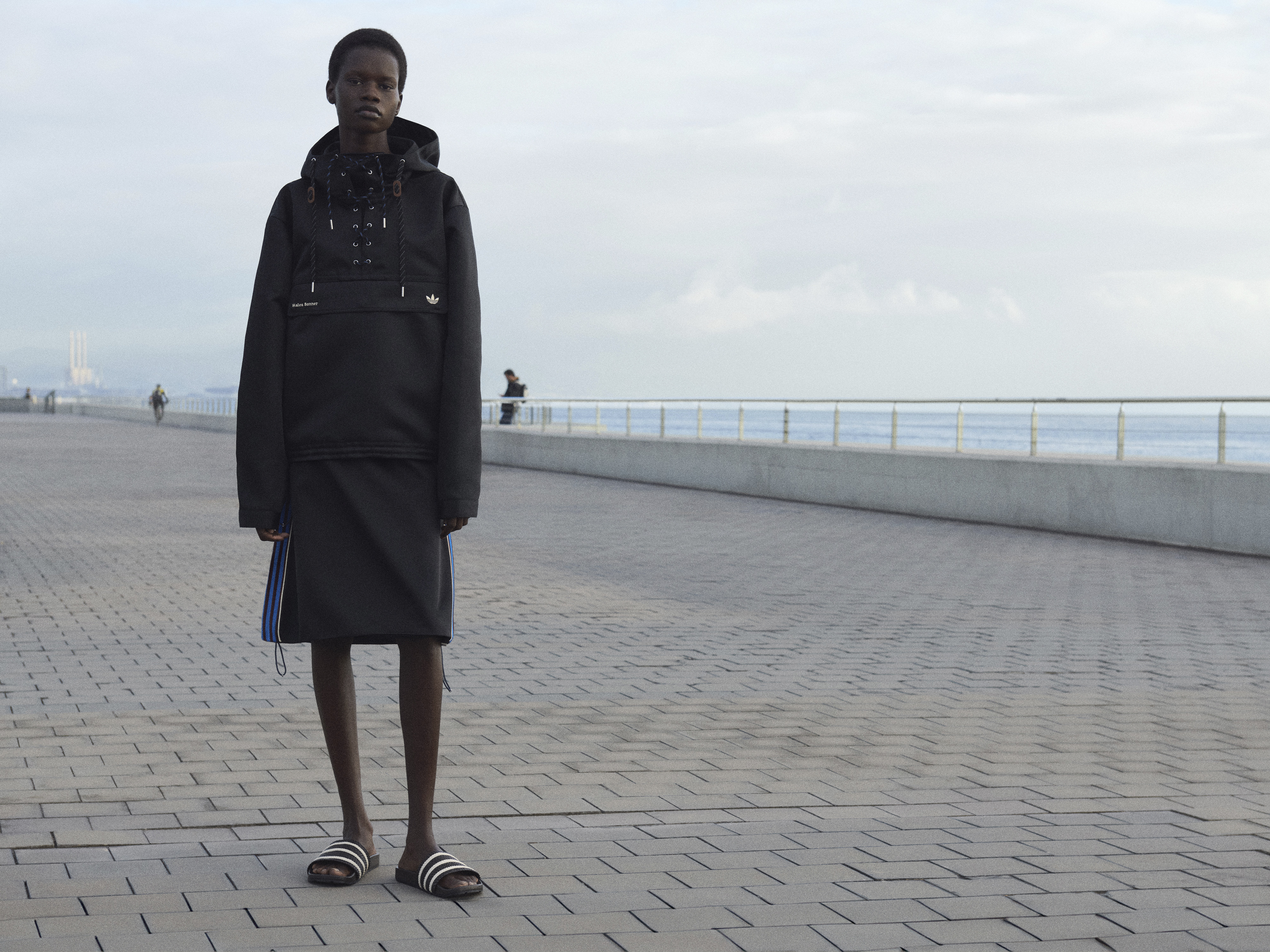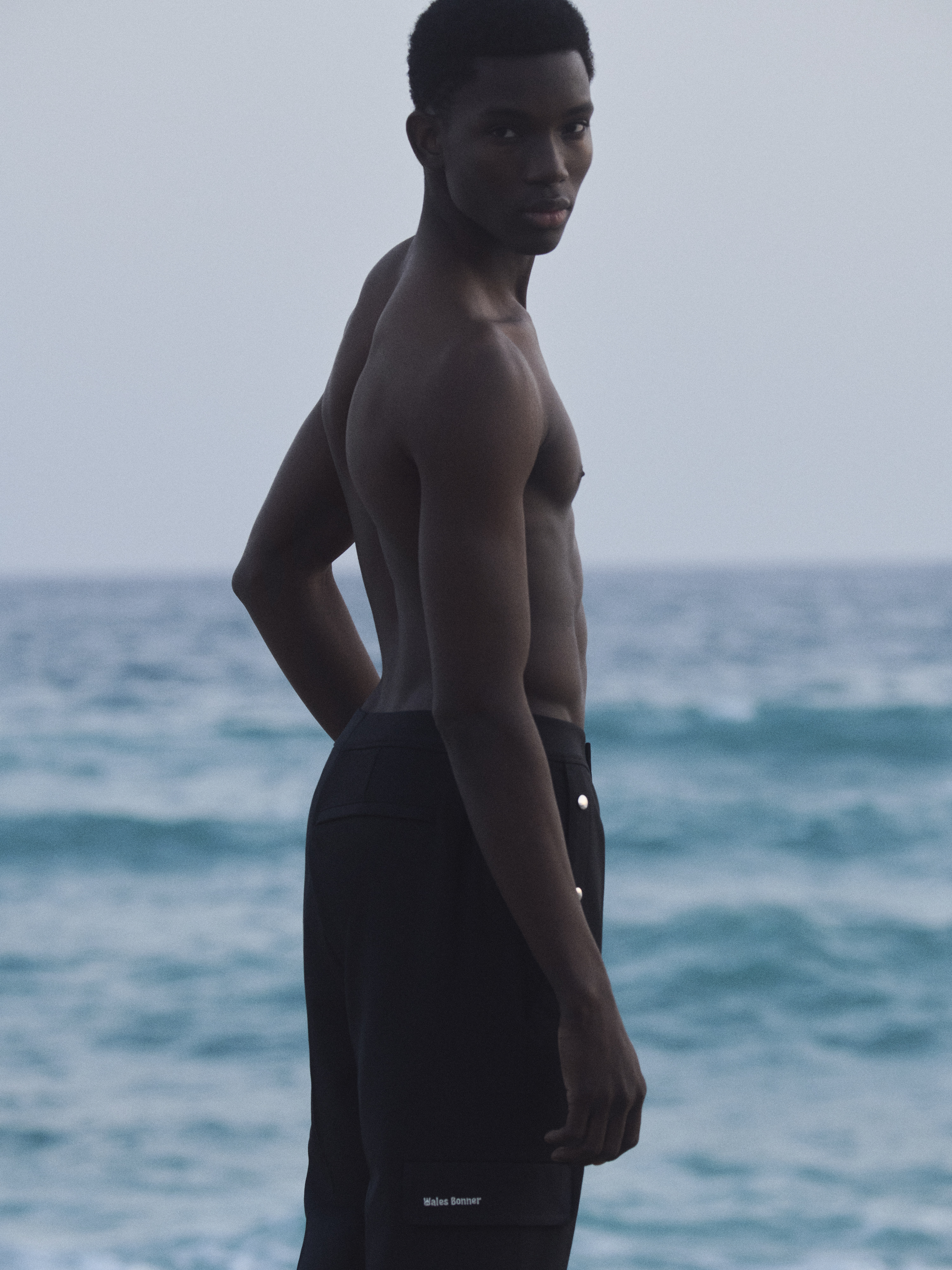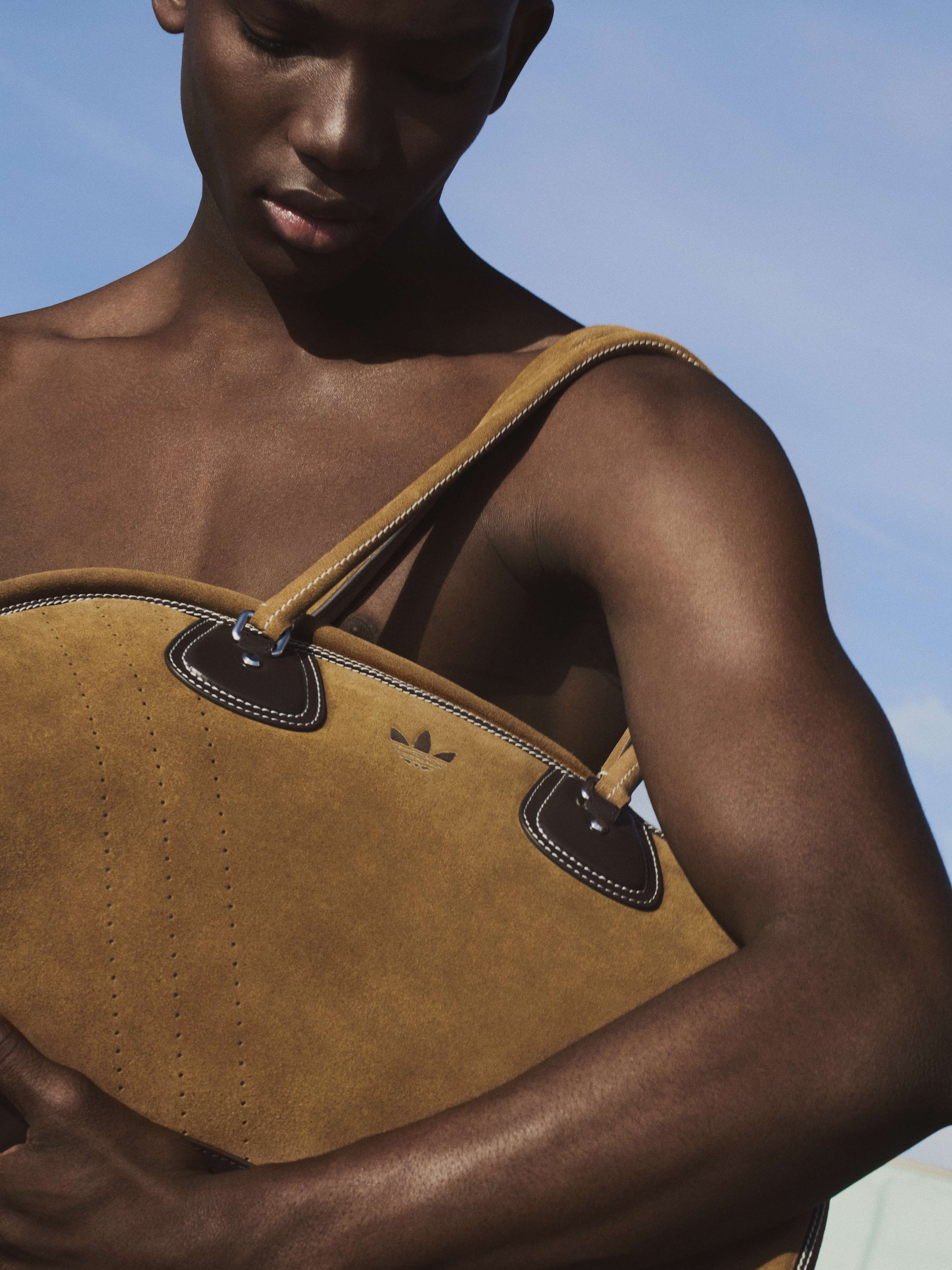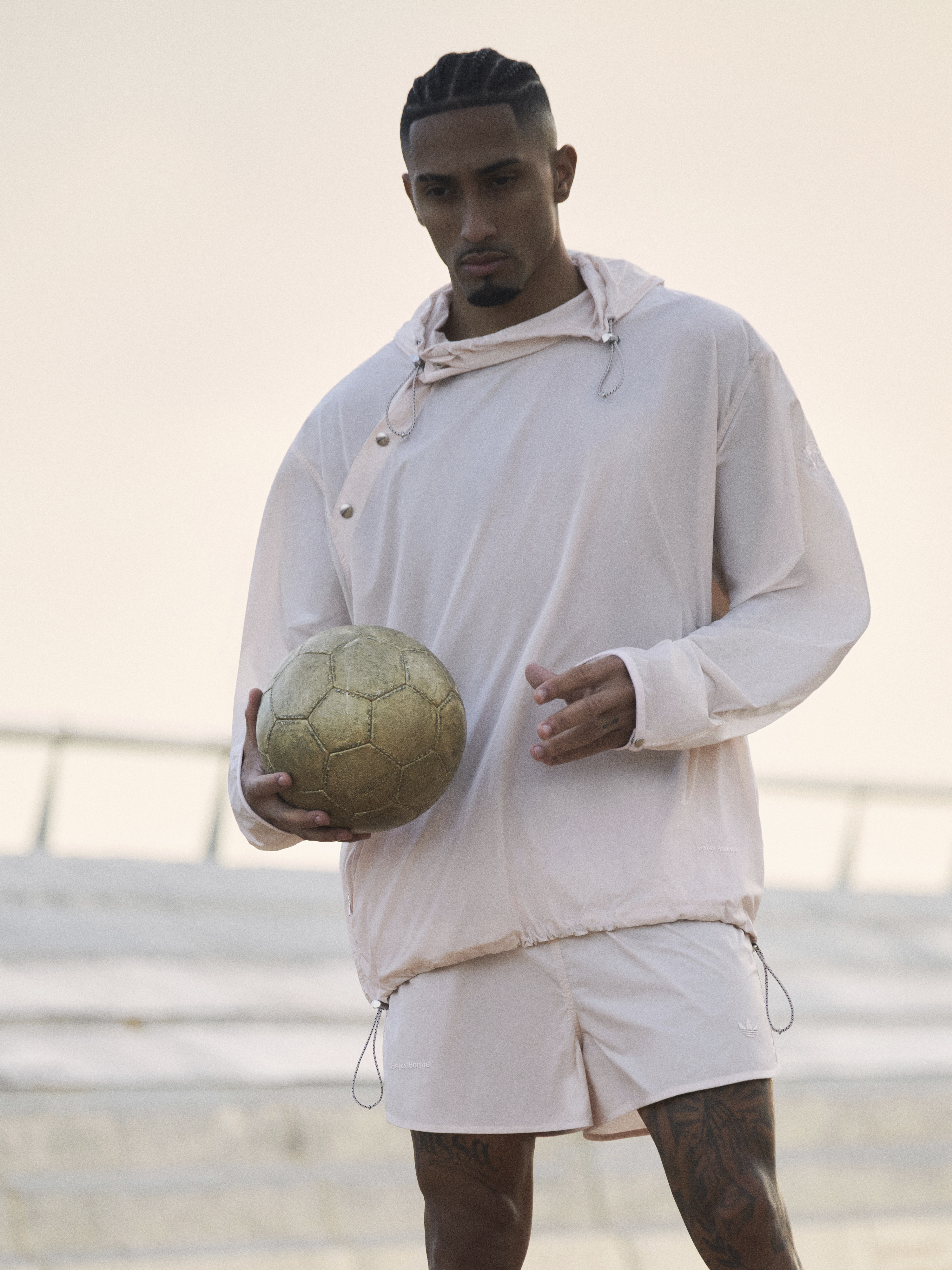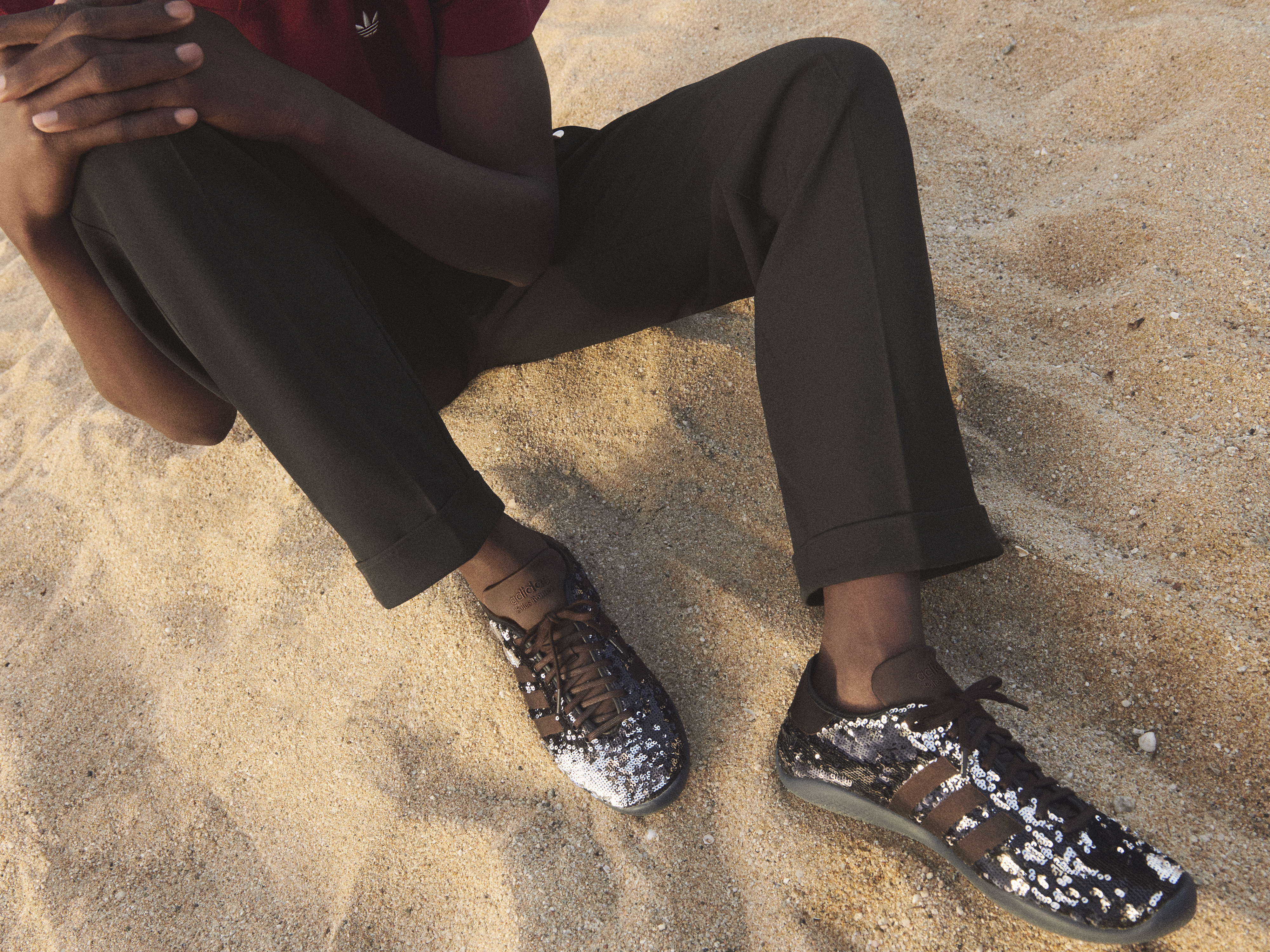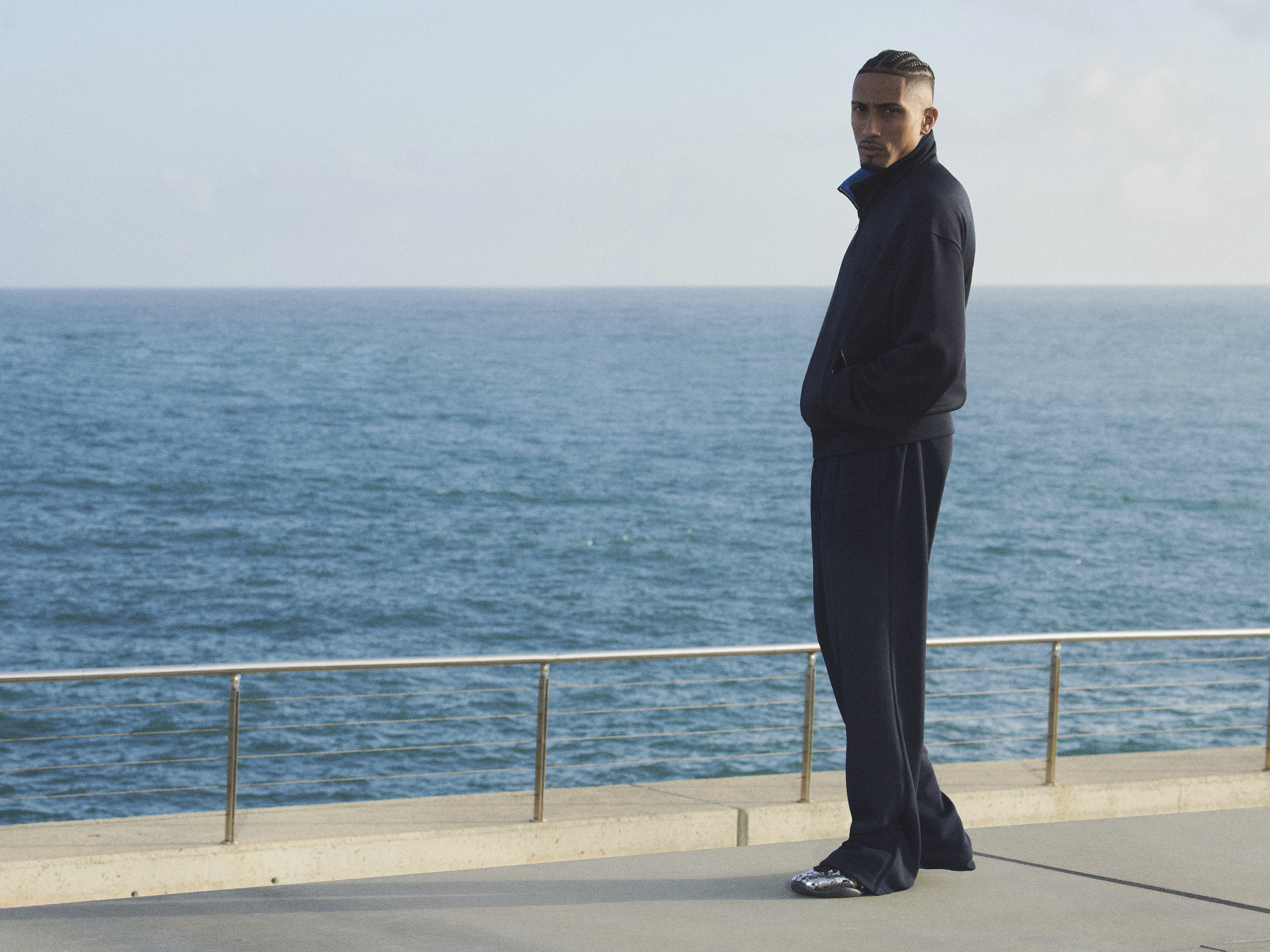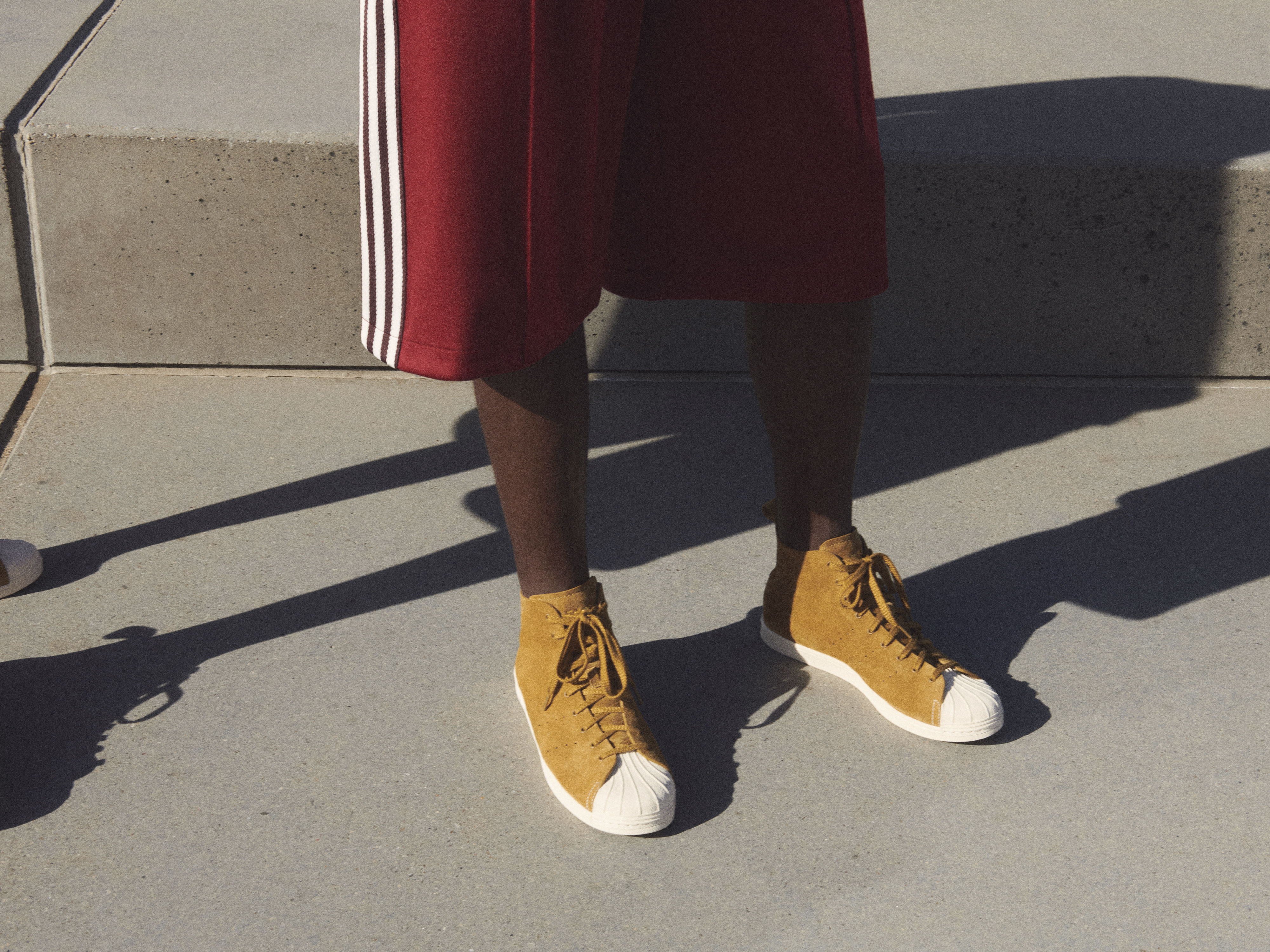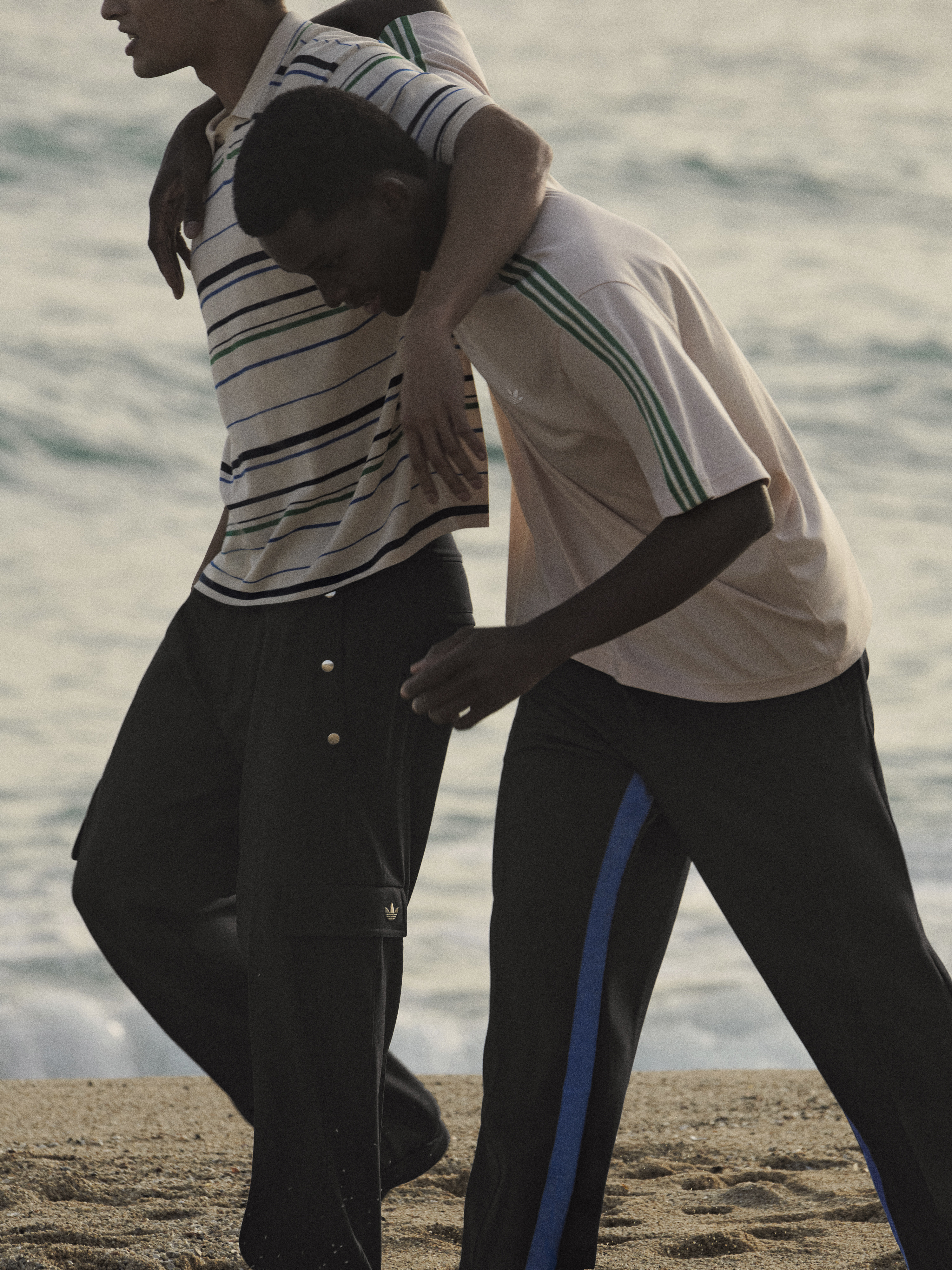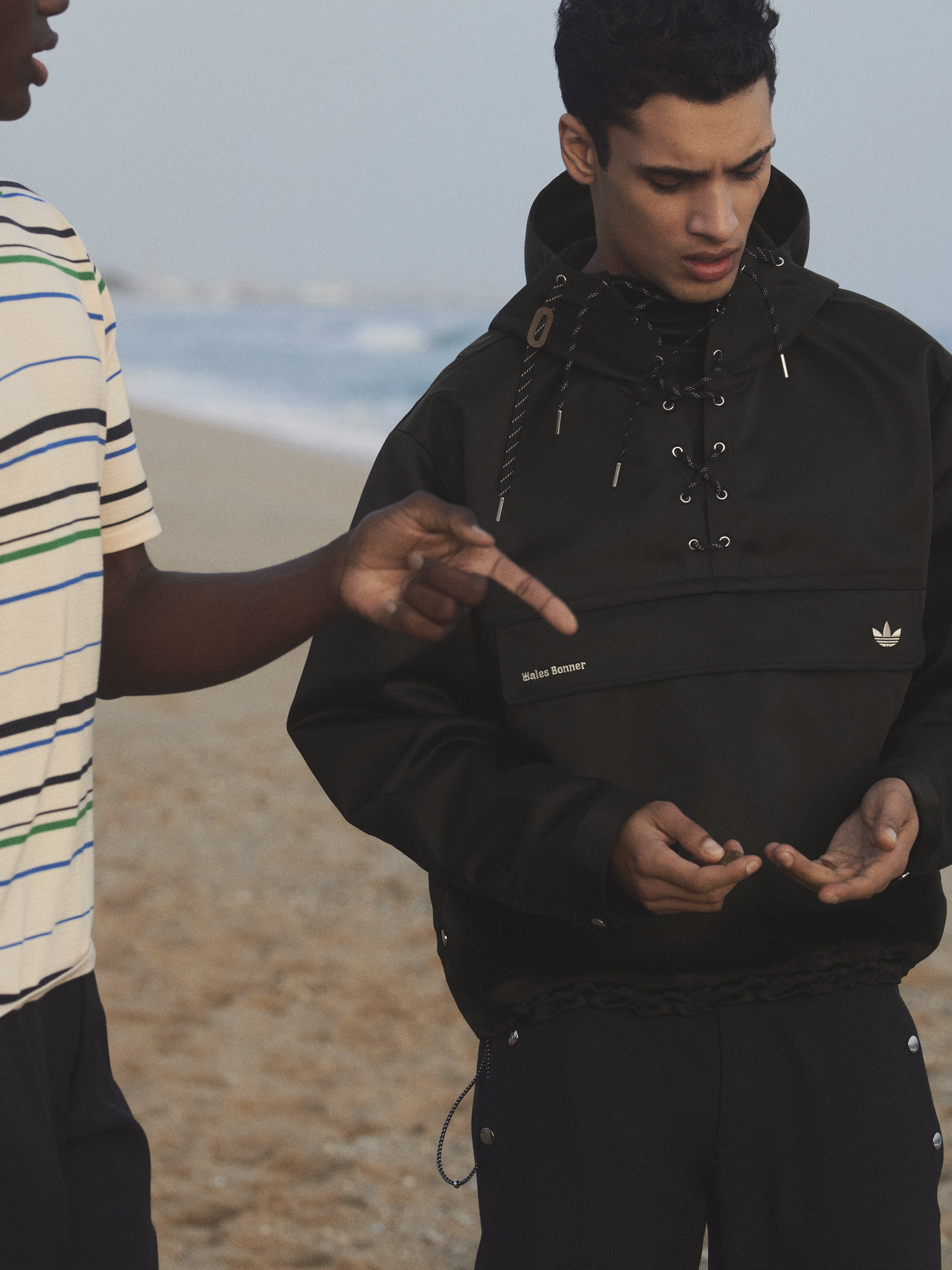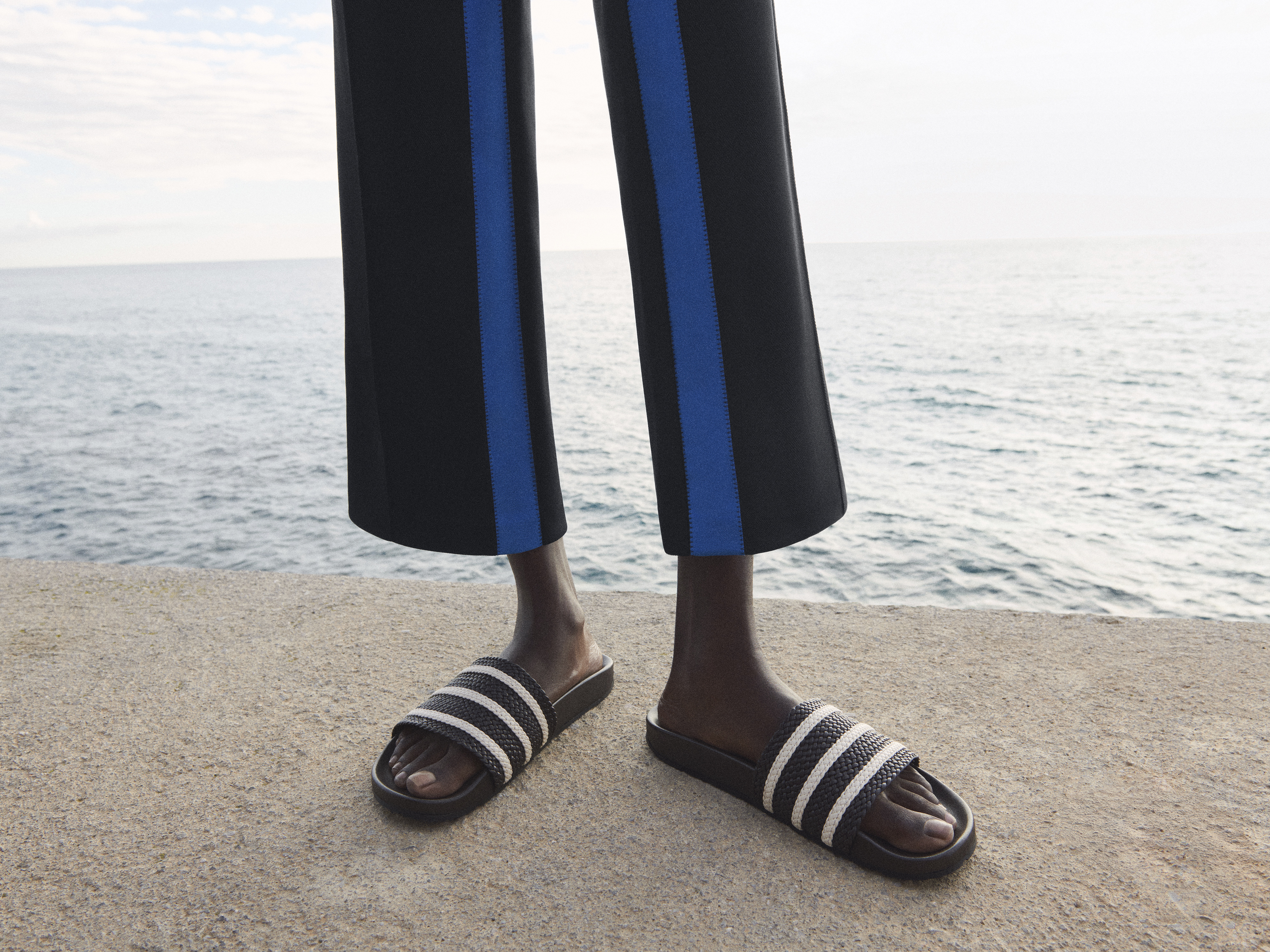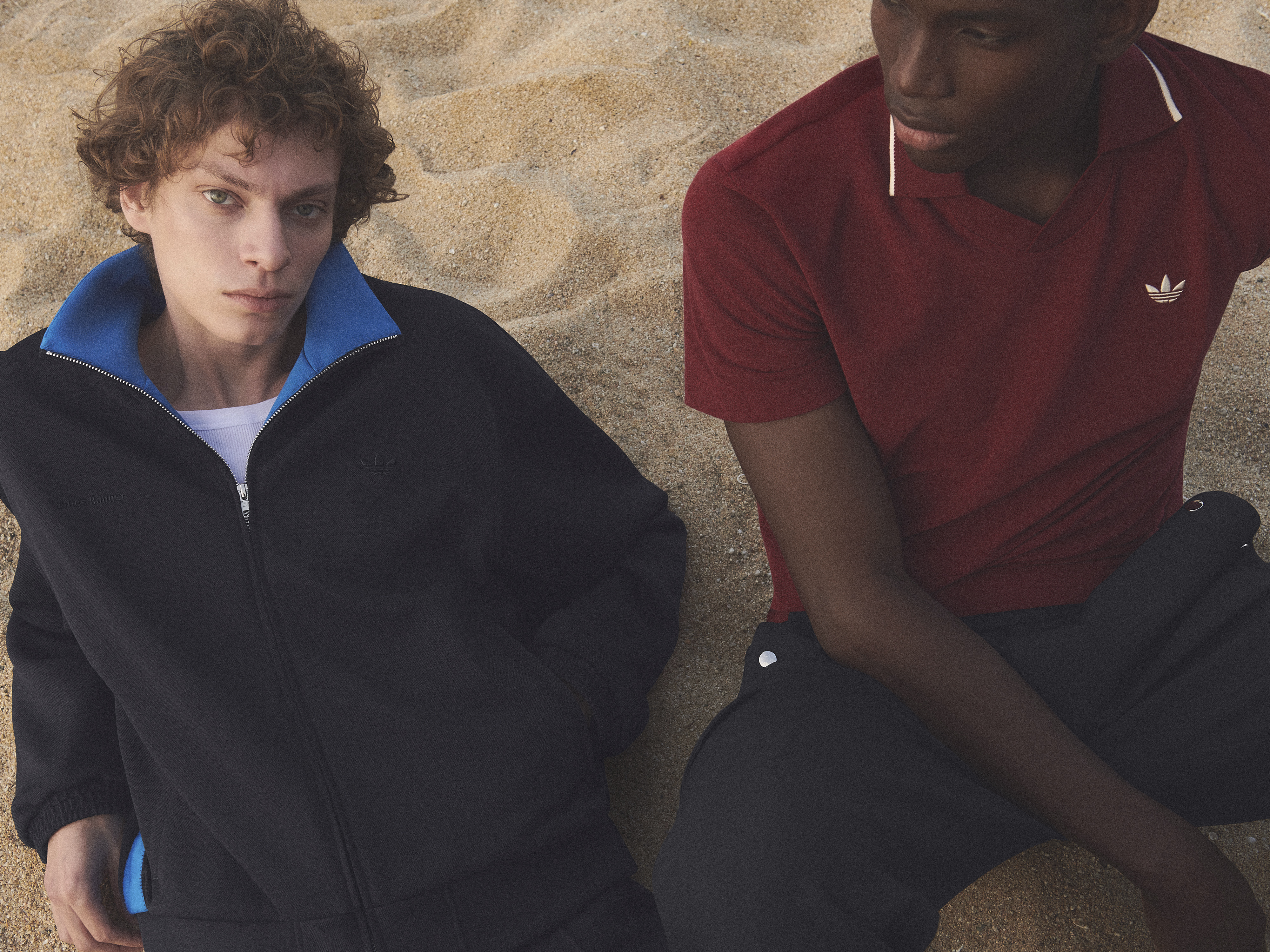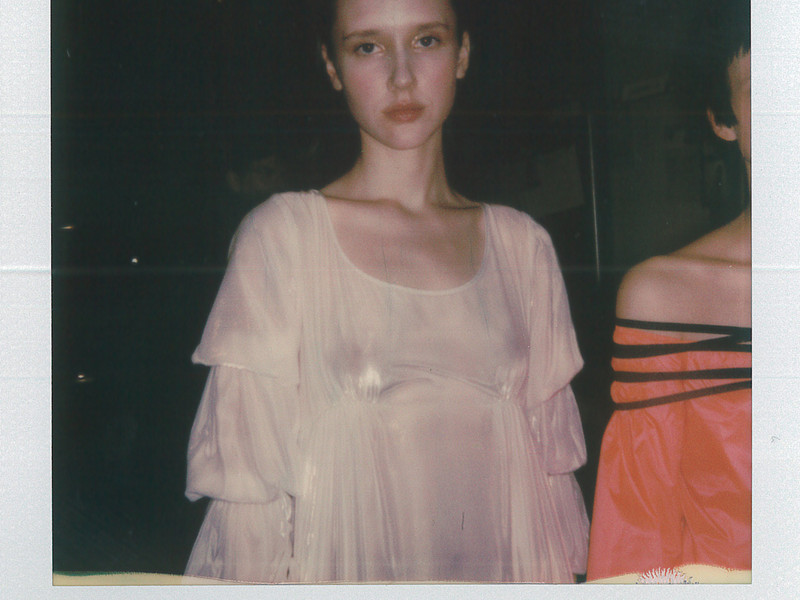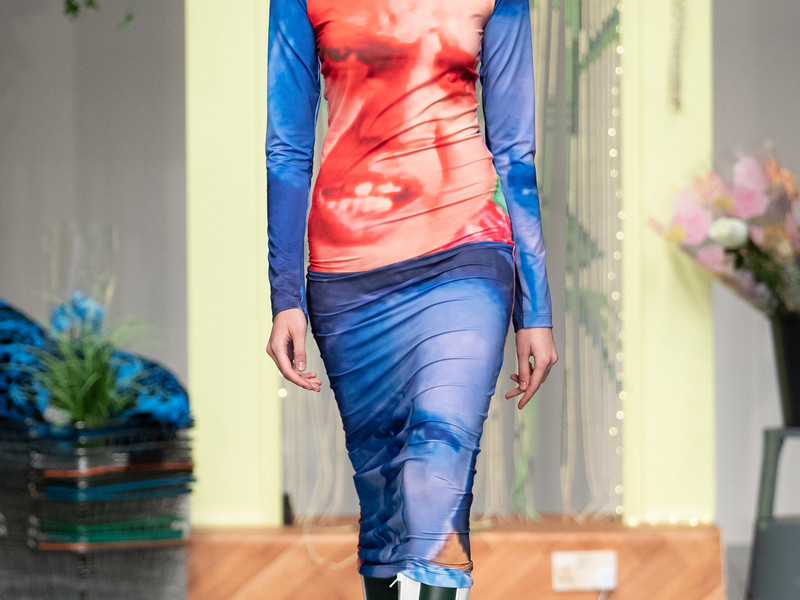Find Your Match at The Consistency Project
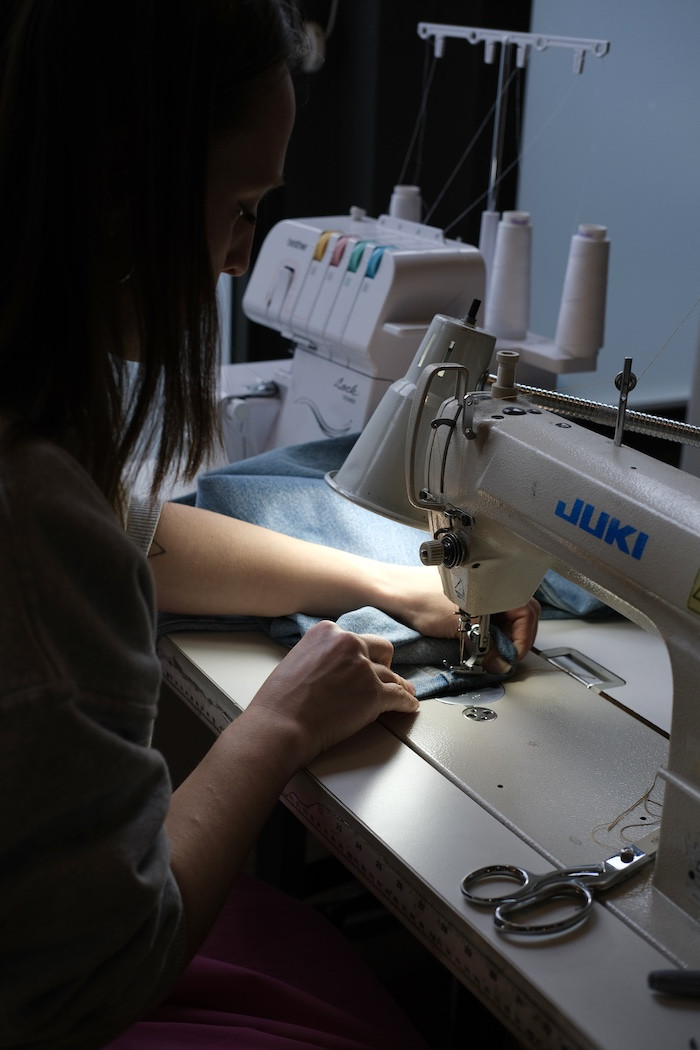
office visited The Consistency Project for a personalized fitting session guided by Natasha Halesworth, Maddy Stoopack, and Nikki Stewart. Dive into the process below.
What first got you interested in secondhand clothing and exploring the possibilities of reinventing pre-loved pieces?
Natasha — I always wanted to study fashion but because of a mix of reasons I instead went through a traditional college experience studying business. But when an internship came up for a fashion PR company, I seized the opportunity and went for it. I was pretty green when it came to understanding the industry so I quickly felt out of place and didn’t connect with fashion as much as I had hoped. It all felt a little surface-level and a bit pretentious. After that internship, I decided to put anything fashion related on hold. Fast forward to when I was working my corporate job, I felt the itch to explore it again. This is when I started The Consistency Project back in 2014. What started as a side project exploring one’s relationship with their clothing, quickly became an opportunity for me to learn about the fashion industry beyond being a consumer. As a teen, I shopped secondhand clothing out of necessity not realizing the environmental or even style impact it had. But it was when I started TCP that my relationship with secondhand became more developed. I sought out alternatives to fast fashion and just “new” clothing in general and realized if I was going to be in fashion, it would be in secondhand fashion. It was not till after the pandemic that TCP began to explore rework as a part of the business.
Tell us a bit about where the name “The Consistency Project” comes from.
The Consistency Project started as a project (surprise!) — a side project that helped me explore a relationship with fashion and clothing. When thinking about the name at the time, I was really just thinking about what I wanted this “project” to be for me personally, which was to strive for more consistency in my life. I never really knew if TCP would ever become a viable business so it is funny to think about how the name still holds the same meaning within the business today. At the time of starting TCP, I was learning more and more about the impact of consumerism and the waste we humans cause and I felt like if I could inspire people to shop for secondhand clothing, it could maybe spark them to consider changing other parts of their lifestyle like shopping secondhand for other things besides clothing or considering things like composting to provide more consistency for themselves and their values. To me, this is what The Consistency Project is all about. It is about the relationship between us and our clothing which then helps us understand and slowly analyze other parts of our lives in a more mindful way.
Where does The Consistency Project’s interest in American workwear stem from? Did any of you grow up wearing or buying Stan Rays or Levi’s?
Honestly, it really just stemmed from a personal style choice and was most likely influenced by my time growing up in Hawai’i & living in California. When I started selling vintage, I wanted to sell things that I felt were a functional and comfortable alternative to the vintage that most people thought about, which were styles like 70s polyester sets or decadent beaded dresses. I wanted to provide everyday vintage and secondhand that suited a more versatile lifestyle. The perception of vintage typically felt like it only captured a certain style aesthetic and I wanted to open it up a bit more as I personally didn’t resonate with most of the vintage I was seeing at the time.
I was always a city girl living on an island. Growing up in Hawai’i, I was far from wearing (or even knowing about) Stan Rays and Levi’s but when I went to college in California, it should be no surprise that Levi’s became a huge part of my style. It was at the vintage warehouse I started sourcing from when I started TCP that introduced me to Stan Rays and it became one of my favorite styles to wear. A lighter-weight cotton than denim, it really suited warmer climates like Hawai’i. I realized that American Workwear really encapsulated TCP’s style — function and comfort. Traditionally American Workwear signified blue-collar work, but now we’re excited to showcase how we, TCP can redefine the approach to American (modern) Workwear.
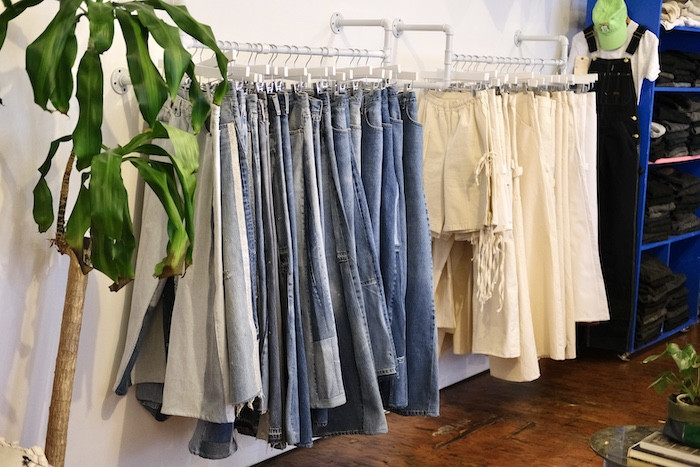
Teaching thoughtful consumption is the goal of The Consistency Project — how do you consistently share education about conscious consumerism with your audience and shoppers?
It has been a fine balance being a business that needs to sell things to survive and at the same time, making sure we are upholding our values on thoughtful consumption. I think our education comes from the interactions we have with our customers in the studio and on social media. During our fitting experience, the educational conversation around how clothing should fit and how we should understand our bodies is an important learning moment as we believe clothing that fits well on our bodies are pieces we wear more and will therefore value more. This shift in purchasing clothing that actually fits comfortably is super important to minimizing our impact. We also love to have conversations about our design and production process. Transparency on how we work and why we sell what we sell is extremely important as it showcases the potential within reworked and secondhand clothing. We believe these types of conversations spark inspiration for other brands and even individuals regarding how they can potentially integrate rework and secondhand more in their lives. We’re constantly learning and iterating so we hope as a collective community we can all push this lifestyle of “reuse” forward.
Tell me about the first reworked item the brand made and how your pieces have evolved since then.
It was the end of 2019 when I opened up a vintage retail shop in Brooklyn, NY. I had just had my first baby in Oct 2019, opened up my retail shop in Dec 2019, and then the pandemic hit. Needless to say, those six months were some of the hardest moments I experienced. We ended up closing the retail shop that summer of 2020 when we were pretty much in lockdown in NYC. Since the early days of my vintage shop, I had always specialized in pants. Vintage denim and workwear particularly. One of the things I liked to do was provide personalized pant-fittings which included ensuring each customer could leave with a pair of pants that had the right inseam. This led to a lot of hemming and cropping of pants. By the time we closed our retail shop, we had collected a range of pant cuff scraps which we of course saved in hopes to figure out how we could recycle them or create something new out of them.
Our first rework design was born in winter of 2020 — the patchwork pant. This design purely came out of us looking at what we already had and getting creative with it. It was the moment rework really became a staple to the brand and it just happened to be at the same time the craze for upcycling, rework, and patchwork became a widespread trend. The timing for it all was crazy, but regardless of trends and the momentum that these pants created for us, I am really proud that this design was born out of necessity and represented one of the hardest moments in the business journey, yet brought hope. We went from creating pairs of patchwork pants to purchase to having them transition to more customs. Starting this year we decided to pause all of our custom orders and patchwork designs in order to reassess how rework could scale. We also wanted to challenge ourselves to explore different versions of patchwork outside of what we were doing which was primarily iterations of checkered patterns.
What is unique about your pant-fitting service? Why do you recommend individuals who have not been sized before, do so with you?
Understanding your body, how something should fit, and what your options are to make the clothing work for you are extremely important to thoughtful consumption. I mentioned this before, but when things look good and feel comfortable, we in turn are confident and wear those pieces of clothing more often. Our pant-fitting service really provides a unique perspective to shopping, and more importantly, addresses pain points in shopping secondhand. Our pant-fitting experience isn’t just a chance to fit someone in a great pair of pants, but it is an opportunity for us to connect and educate our customers so they can leave feeling empowered to shop for their bodies going forward.
We also just really care about the experience we offer and what is best for the customer. We know that appointments can feel overwhelming and scary. We just ask that anyone who comes to shop with us comes with an open mind and a good attitude. We promise we will take care of you and make you feel comfortable and welcome no matter your style, size, preferences, or how much you choose to buy. We are just grateful for the opportunity to do what we do — make people feel good (and comfortable) in what they wear.
What fast fashion created was a culture of wearing our clothing less. With poor quality or poor fit, it is no surprise you may not feel inspired to wear certain pieces in your closet. To have things sit in your closet unworn or to purchase clothing that really doesn’t embrace your body the right way, is when we create waste. Sometimes we do buy things that are well-made but maybe just didn't end up working for our style or bodies and that’s when resell platforms are so valuable in this culture of reuse. Our bodies are constantly changing so when you purchase pants with us, you automatically can take advantage of our buy back program to exchange a pair of pants you purchased from us for a new pair. Our fitting experience helps us understand our customers and their needs to then support them through our ever-evolving relationship with clothing and our bodies.
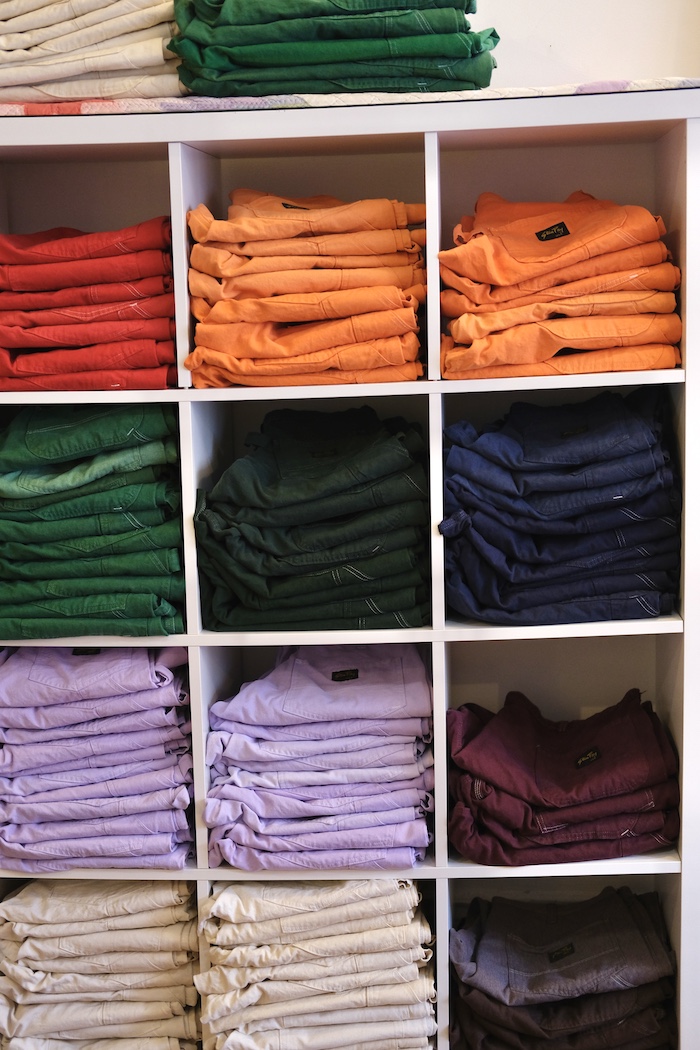
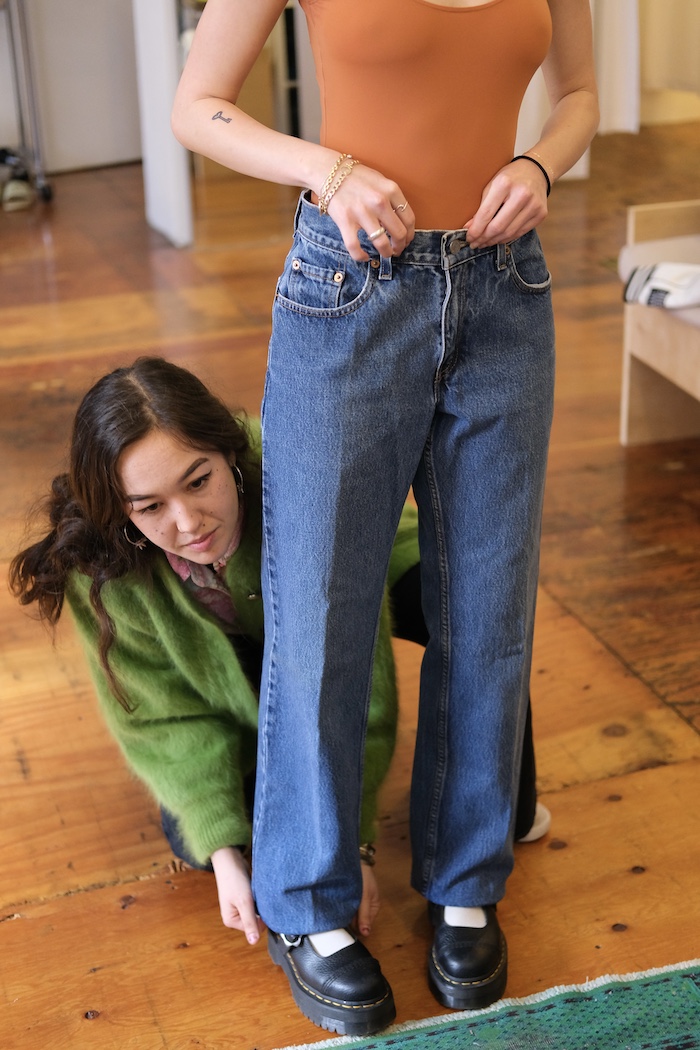
What is your favorite secondhand item you have ever purchased?
Wow, this is a tough question as I constantly get inspired by secondhand purchases. I think because I am in the business of clothing, I never try to get too attached to anything clothing related. Now outside of clothing, I am an avid secondhand shopper for my home so I will have to say that my favorite secondhand item or piece of furniture that I’ve ever purchased is this rare George Nelson side table that has special cubbies for plants. It’s classic and so beautiful. I bought it on an online auction and drove out of state to pick it up. Honestly, I have many special secondhand pieces of furniture that all have unique sourcing stories. I think if I ever did a house tour people would be shocked at what I’ve bought secondhand and at the price point I did!
The Consistency Project lays out a set of sustainability commitments that you abide by. With sustainability becoming an increasingly blasé term in the realm of fashion, how do you set forth genuine eco-conscious goals and make sure to uphold them in an authentic and transparent manner?
I think that authenticity really stems from the foundation of a business which the founder sets by their own personal values, which are then carried out by the team. I think all the commitments we abide by are what we, on a personal level, abide by within other parts of our lives. That is what creates authenticity in everything we do. And when we feel confident in our authenticity, transparency comes naturally. It is nowadays very easy to label your brand as sustainable, so I think the best way to really know if a brand actually “cares” is by looking at who is behind the business. Again the team or the founder. How do they live their lives? What do they care about? These values inherently will be ingrained in the business whether it is beneficial or not. Behind closed doors, I’m really proud of who we are as people with or without TCP, contributors to our community, and genuine caring humans on this wonderful planet. Really I’m just saying, I feel so lucky to have a team that lives TCP’s values even beyond the workday.
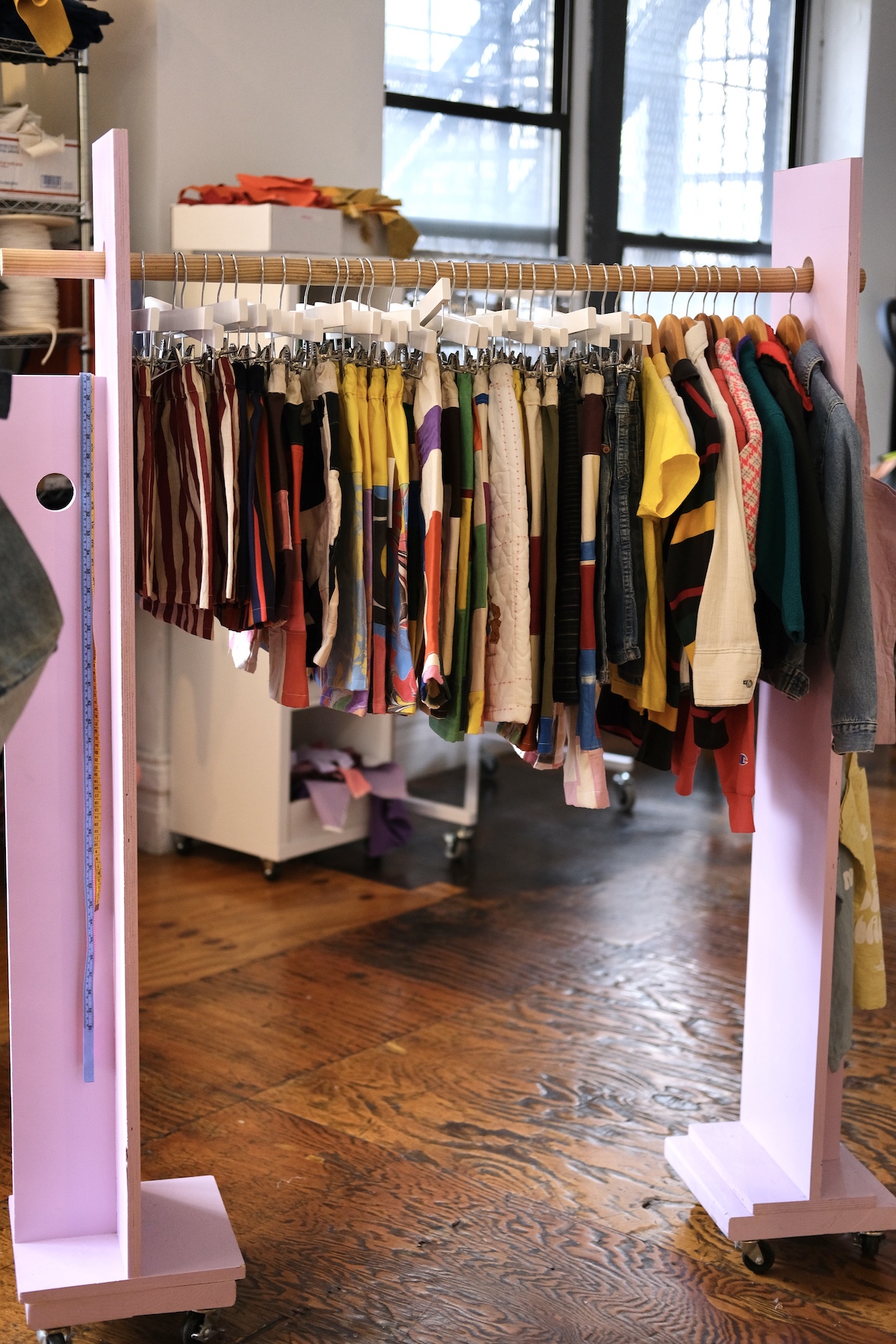
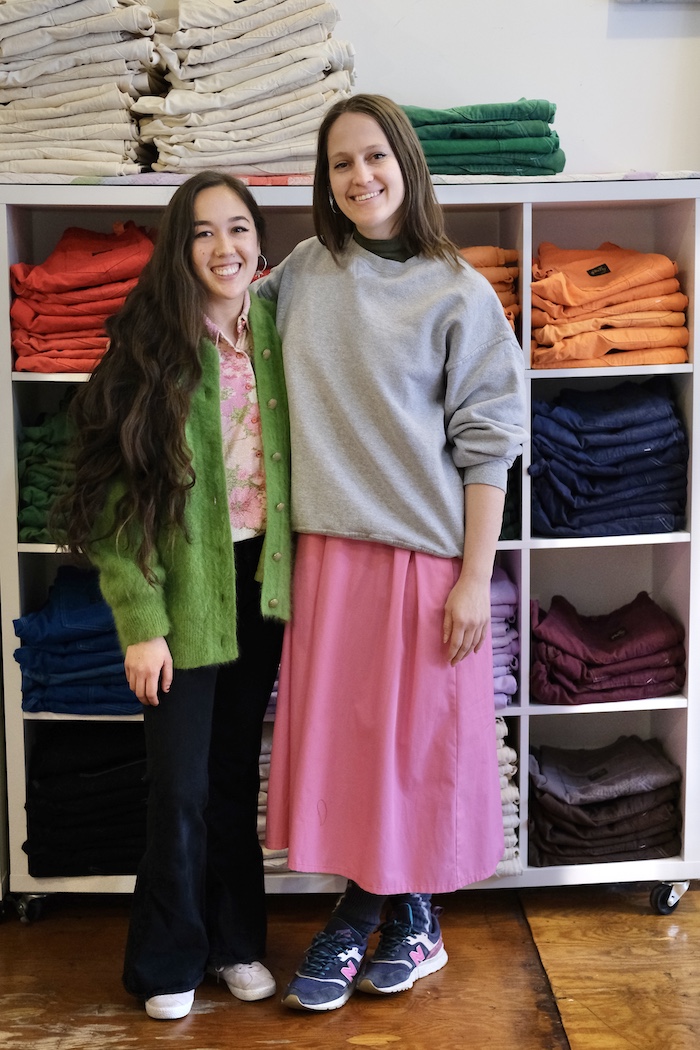
Not only is The Consistency Project a vintage shopping destination with customizable options, but you also host events and workshops here. What are your hopes for TCP five years down the line — do you hope it grows into more of an interactive collective?
There are so many different directions TCP could evolve and grow in. We’re keeping an open mind. If there’s one thing I learned from the pandemic, it’s that sometimes what you have planned for the business may not be what ends up being the next step to growth. High-level, we hope to grow an even more engaged community. So workshops and events will be a great way to connect with our community outside of the shopping environment. We are always amazed and inspired by our customers so we want to foster more inspiration among one another. We also want to evolve our shopping experience to be more accessible for people to learn about it before committing to an appointment. Lastly, we want to build a community around other brands doing similar and inspiring work. I think we’ll be able to do this when we can expand or evolve from our current studio space. We think there’s so much opportunity to learn from one another and problem-solve creative solutions to working more efficiently in the world of reuse.
